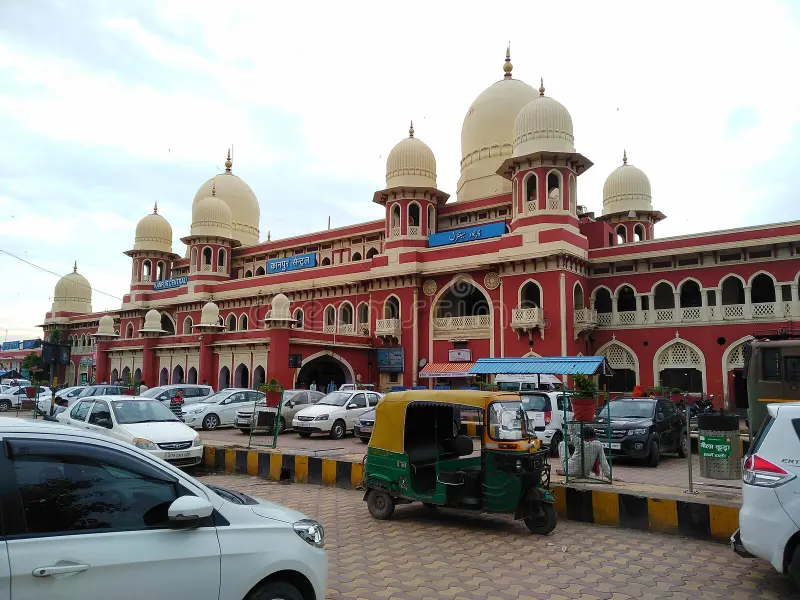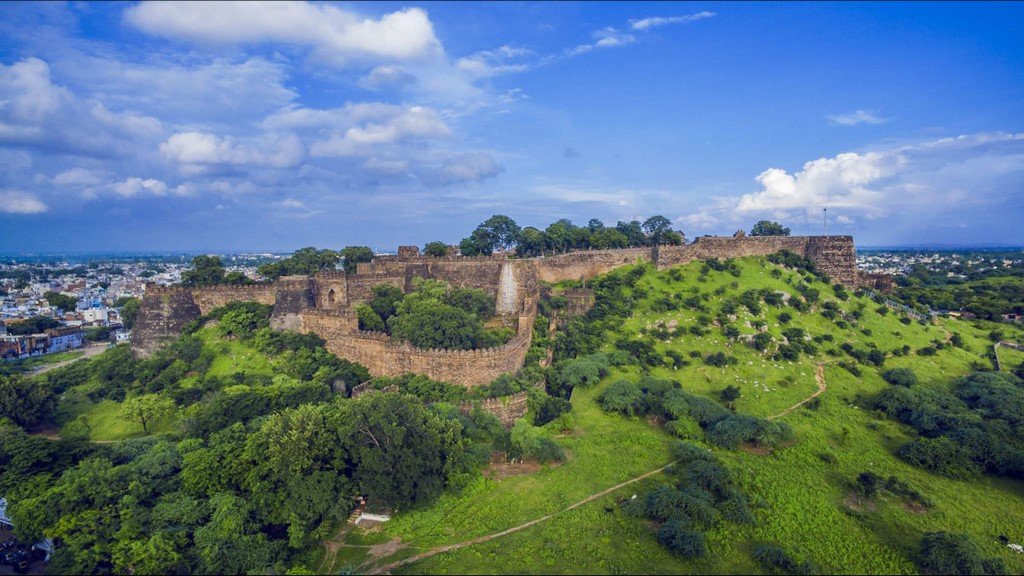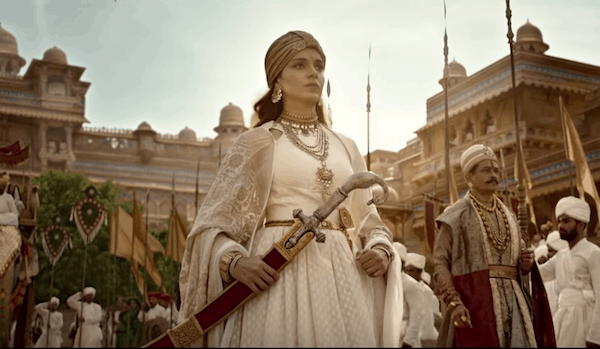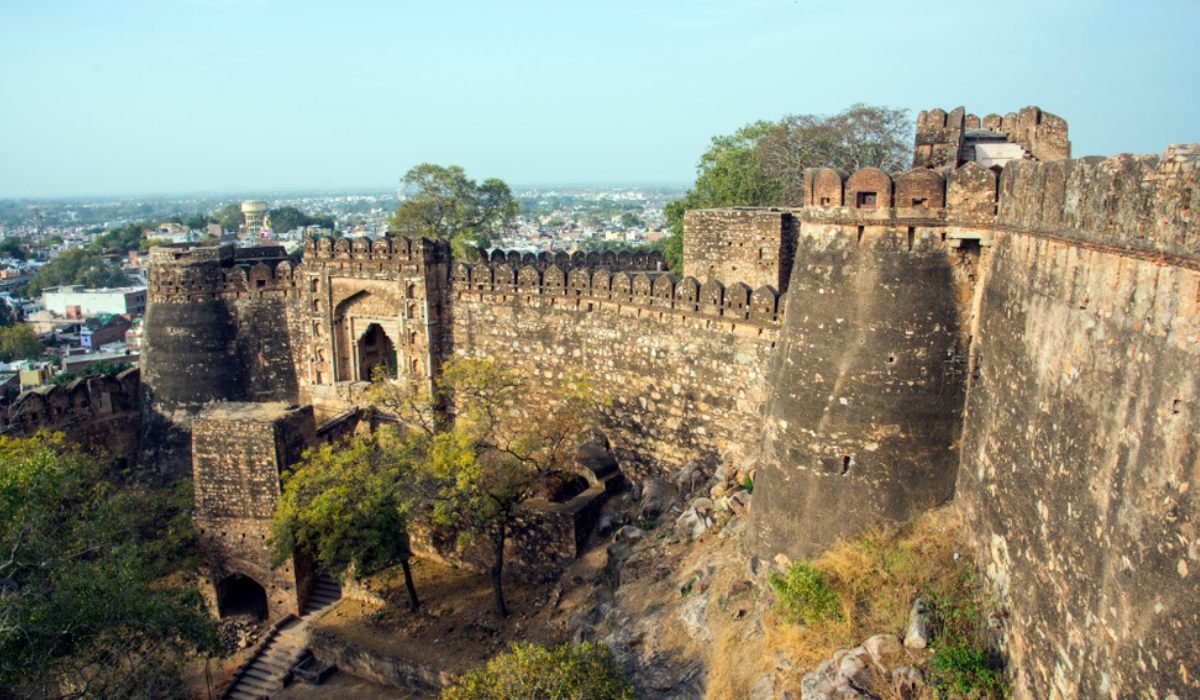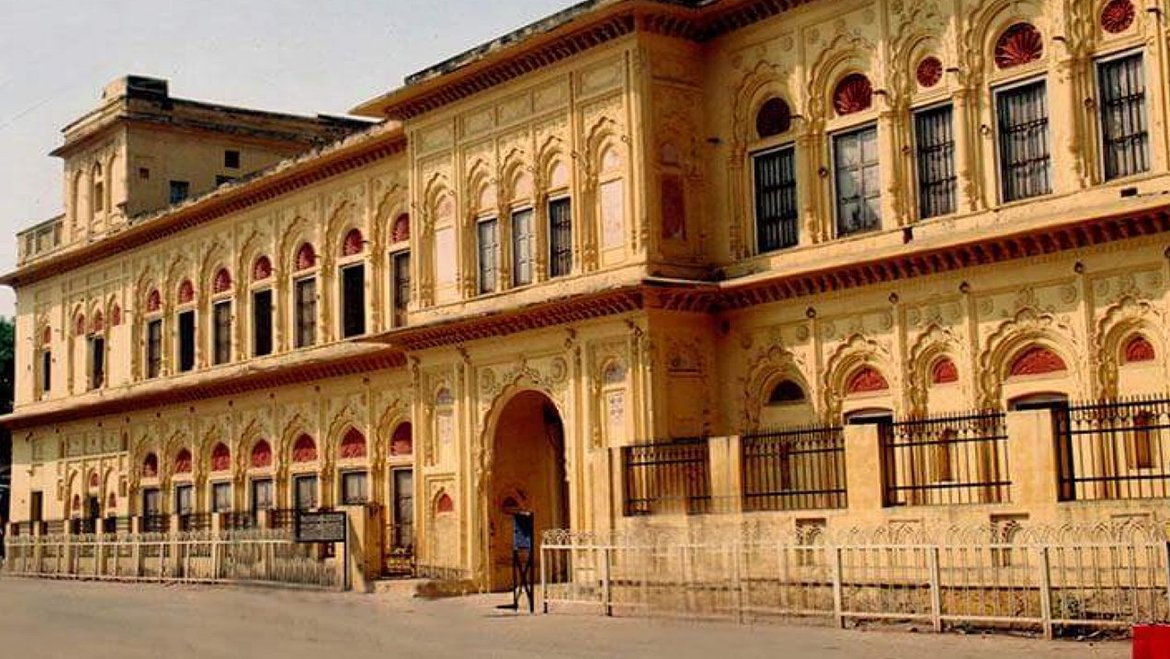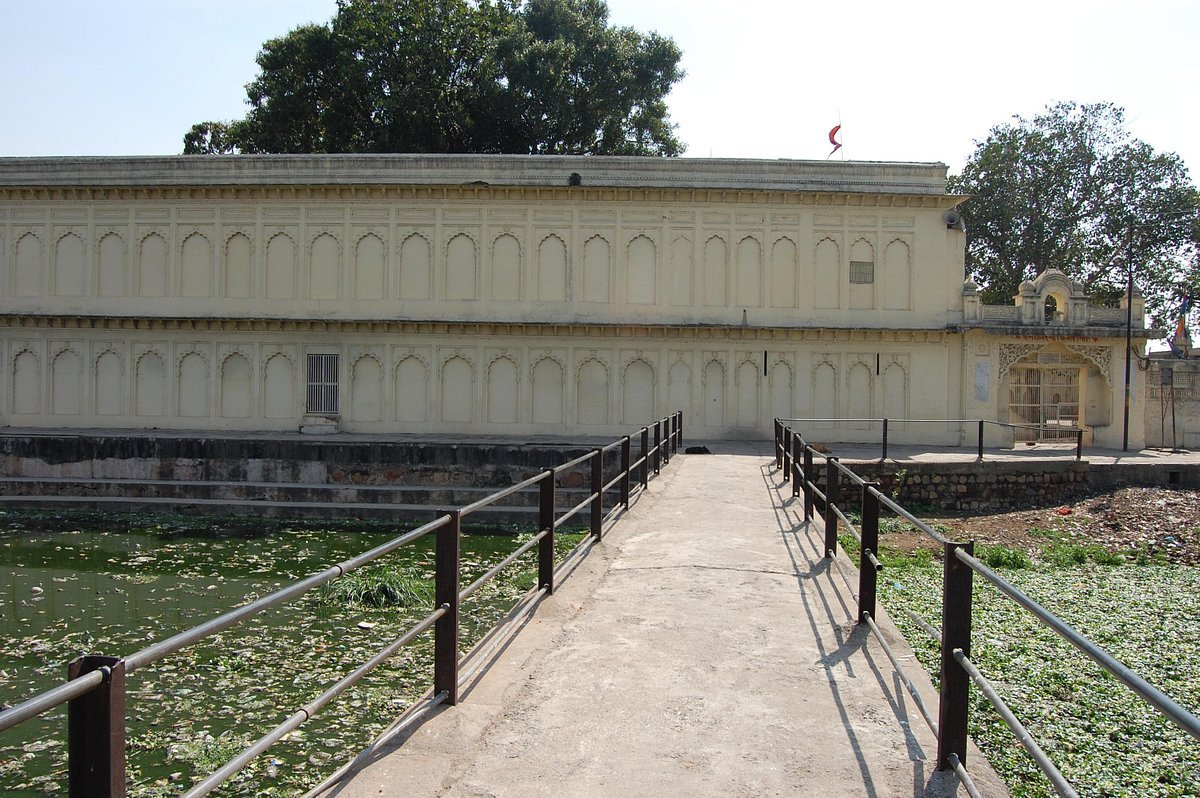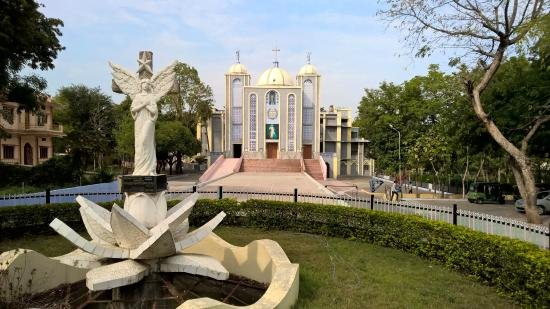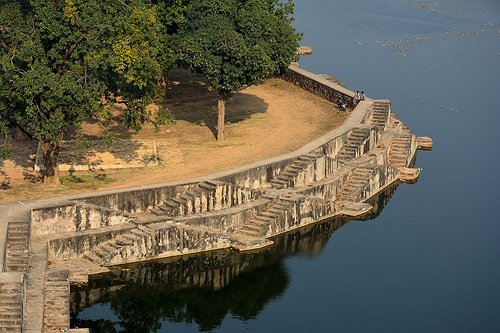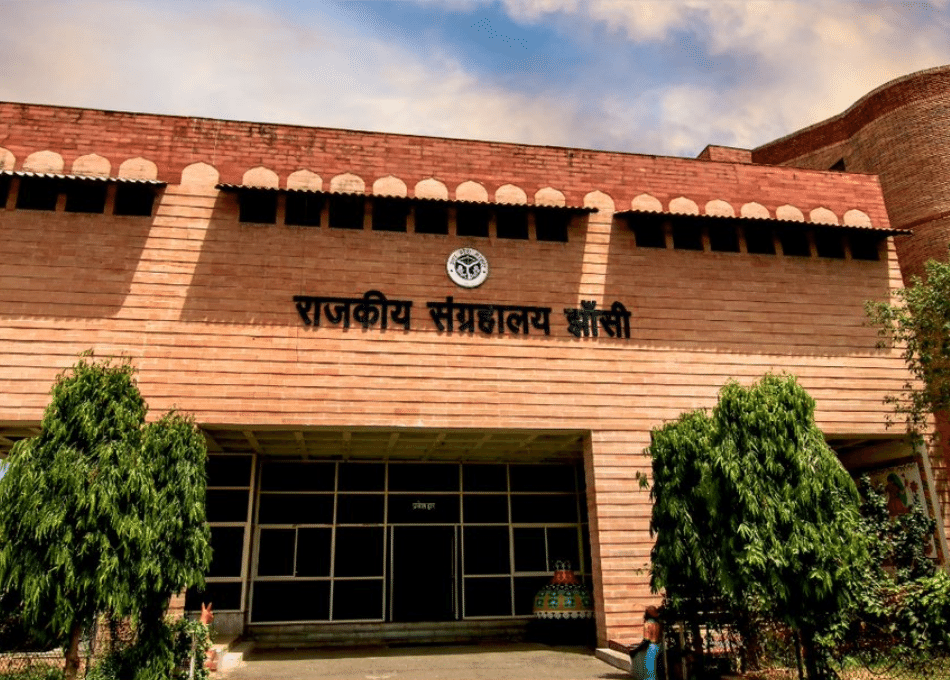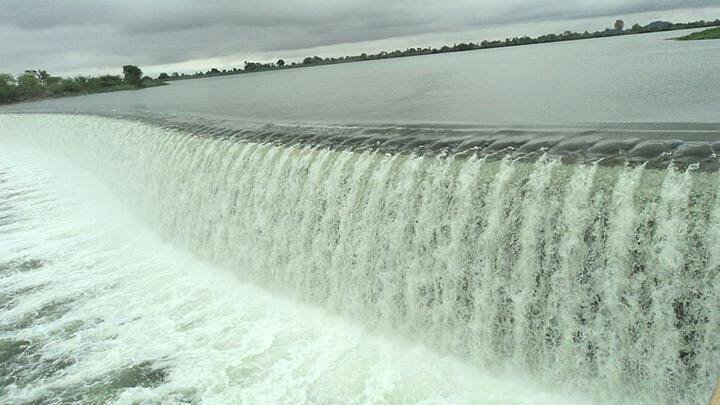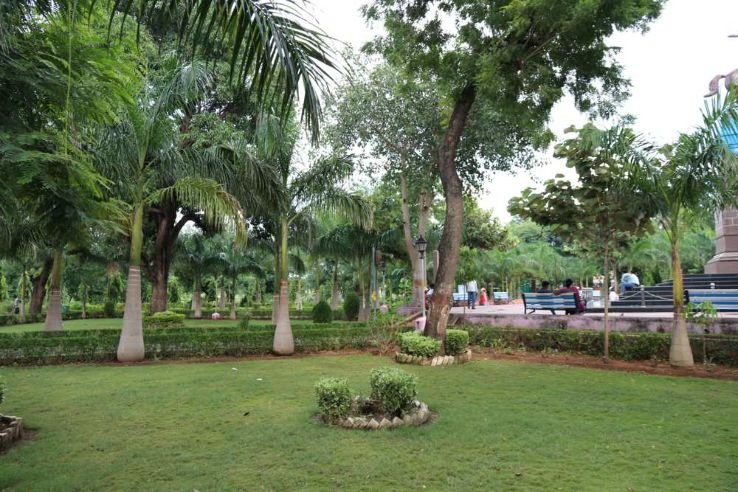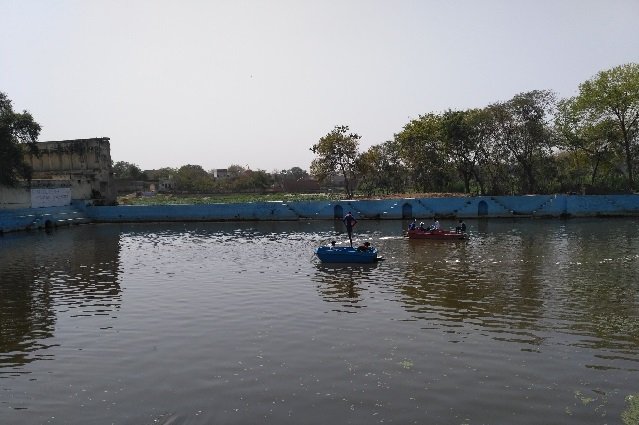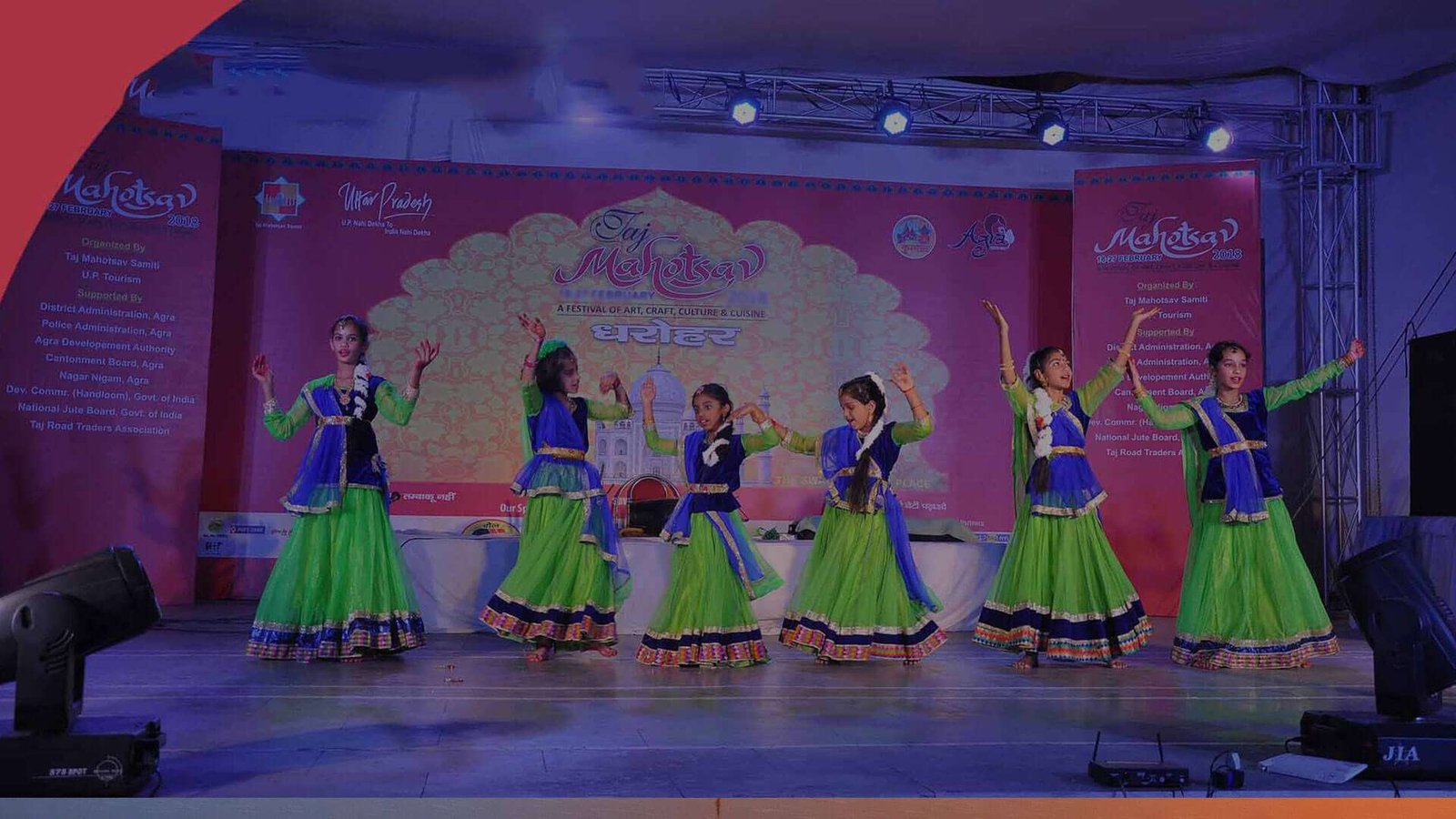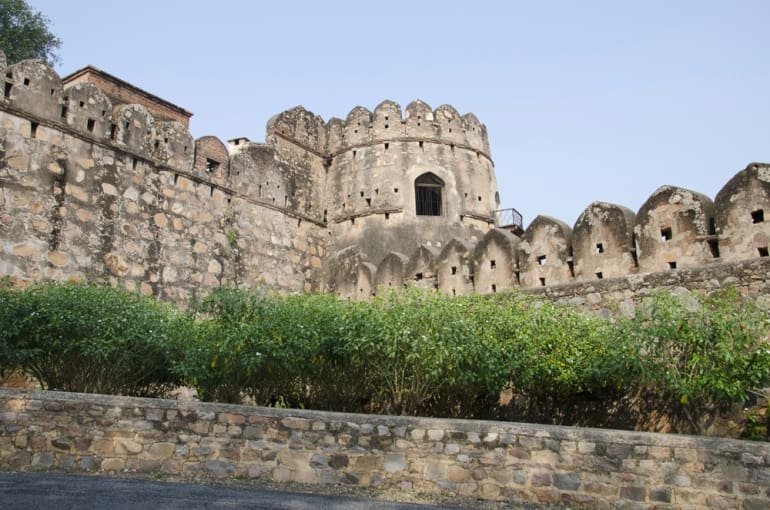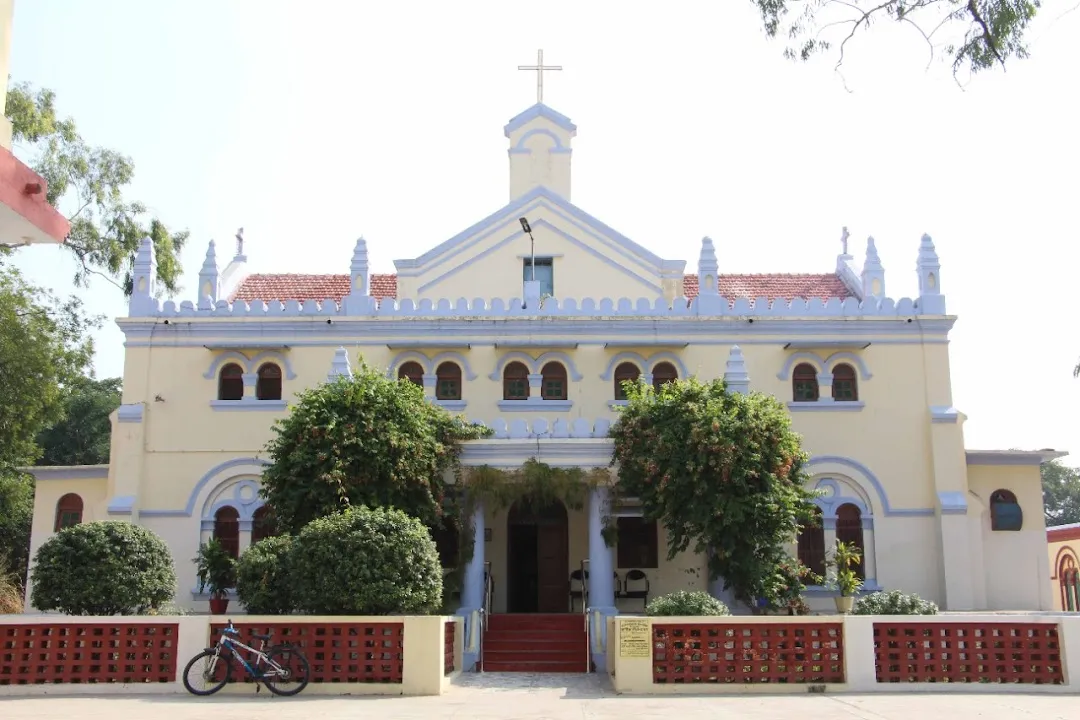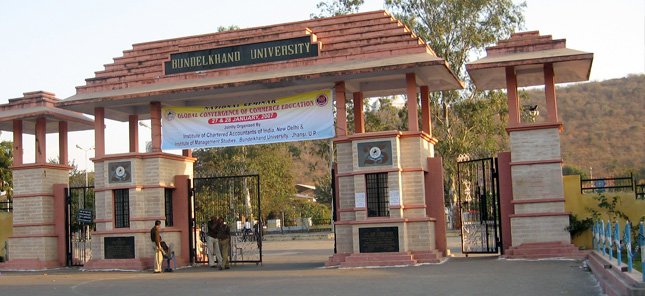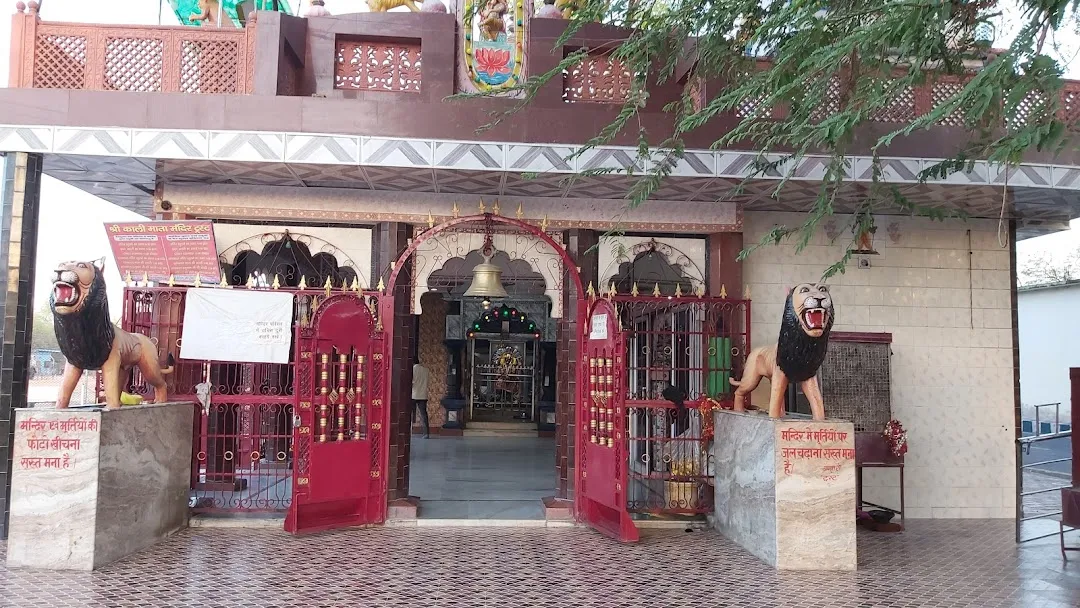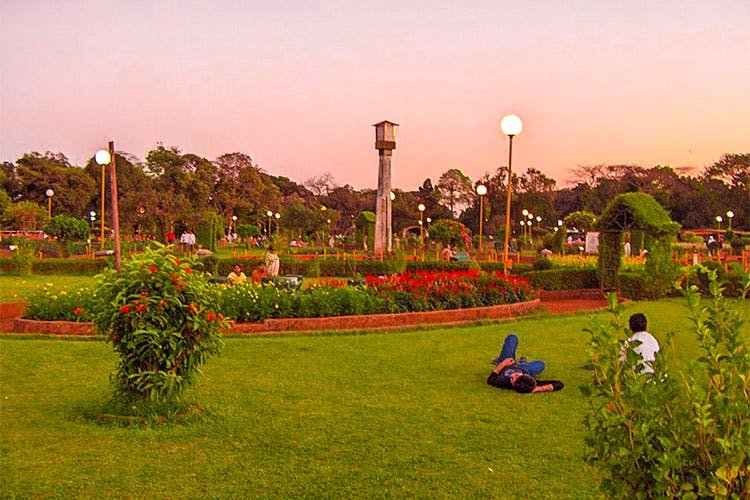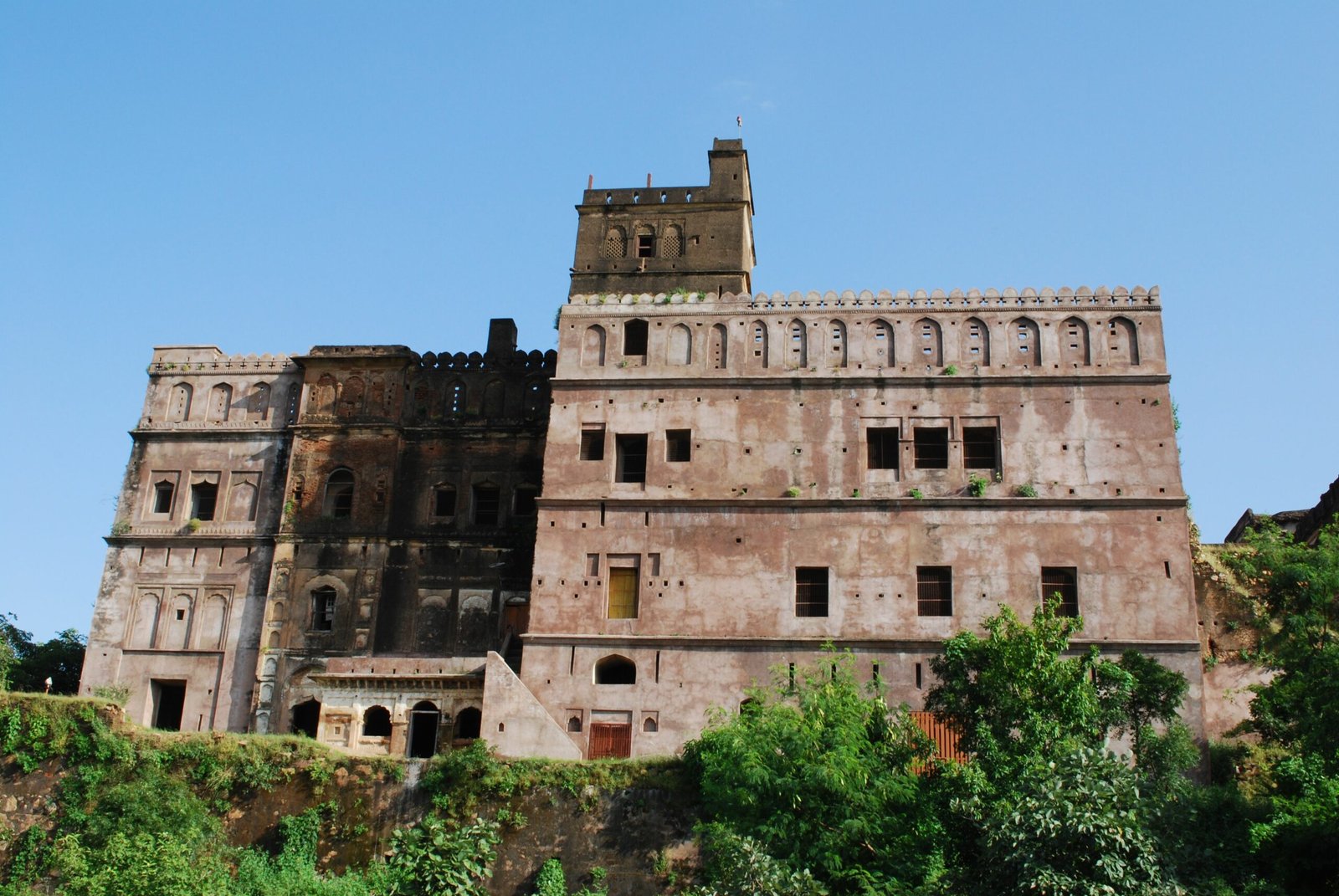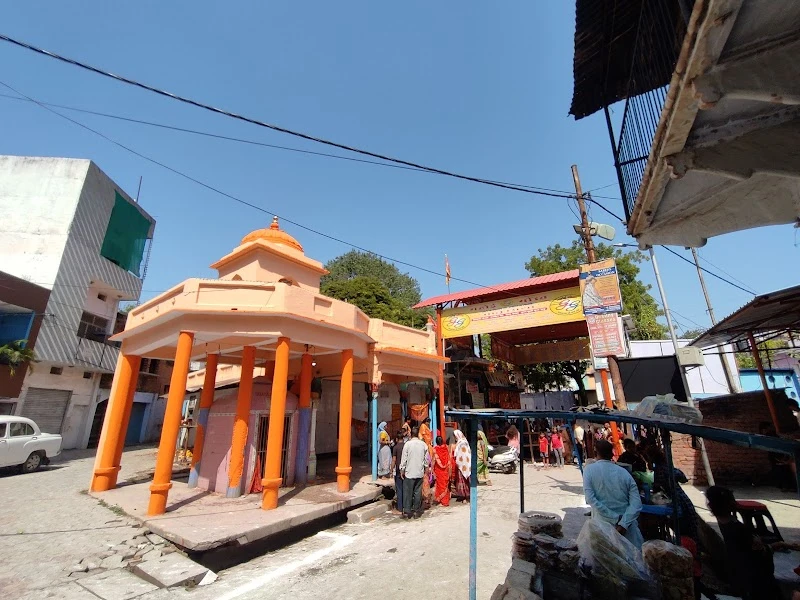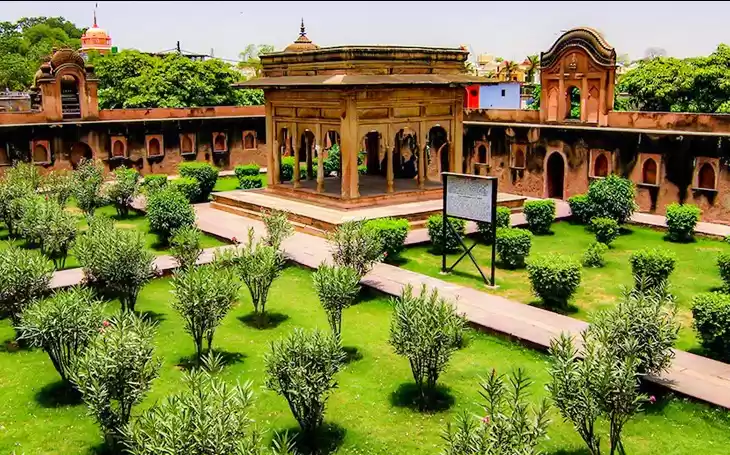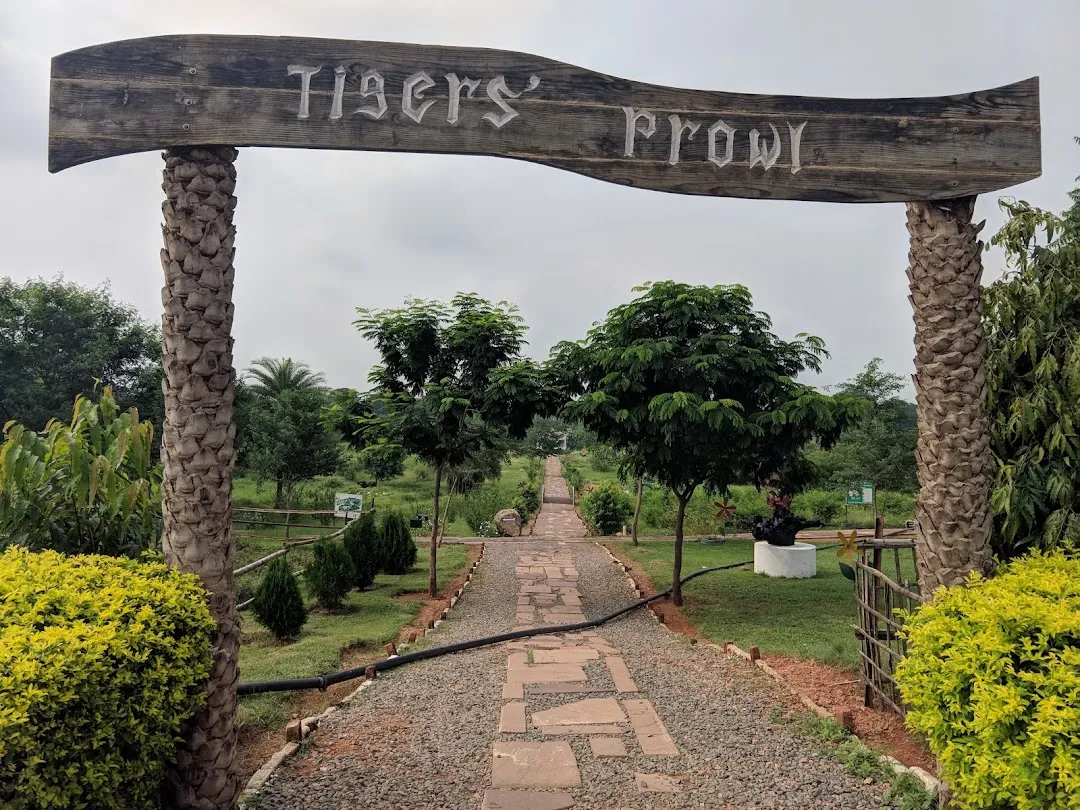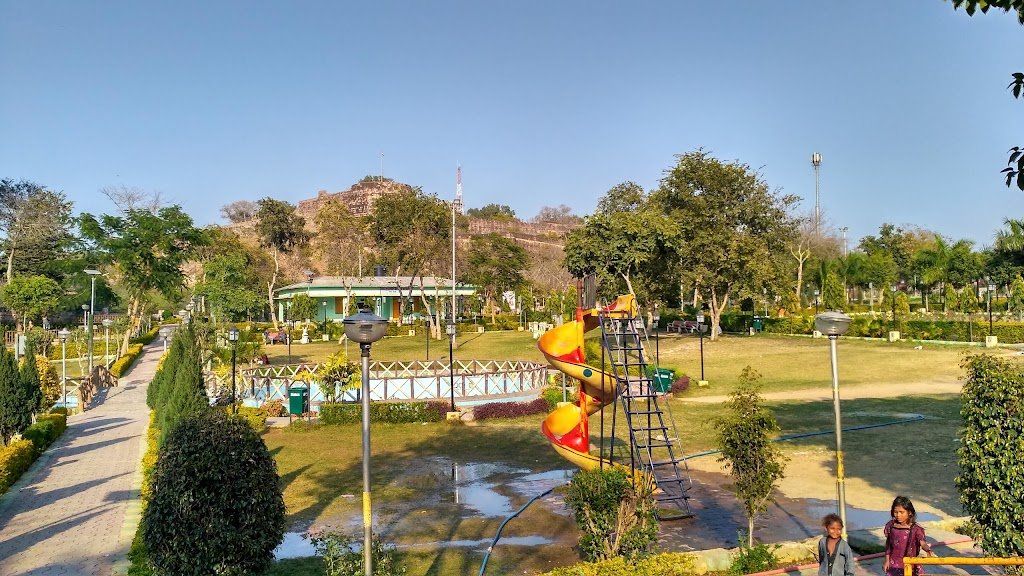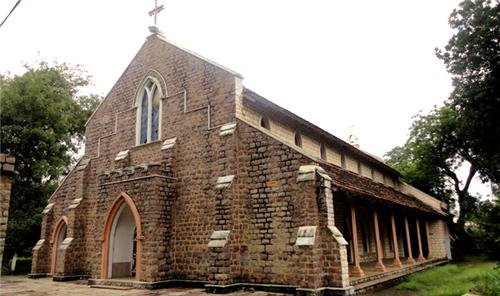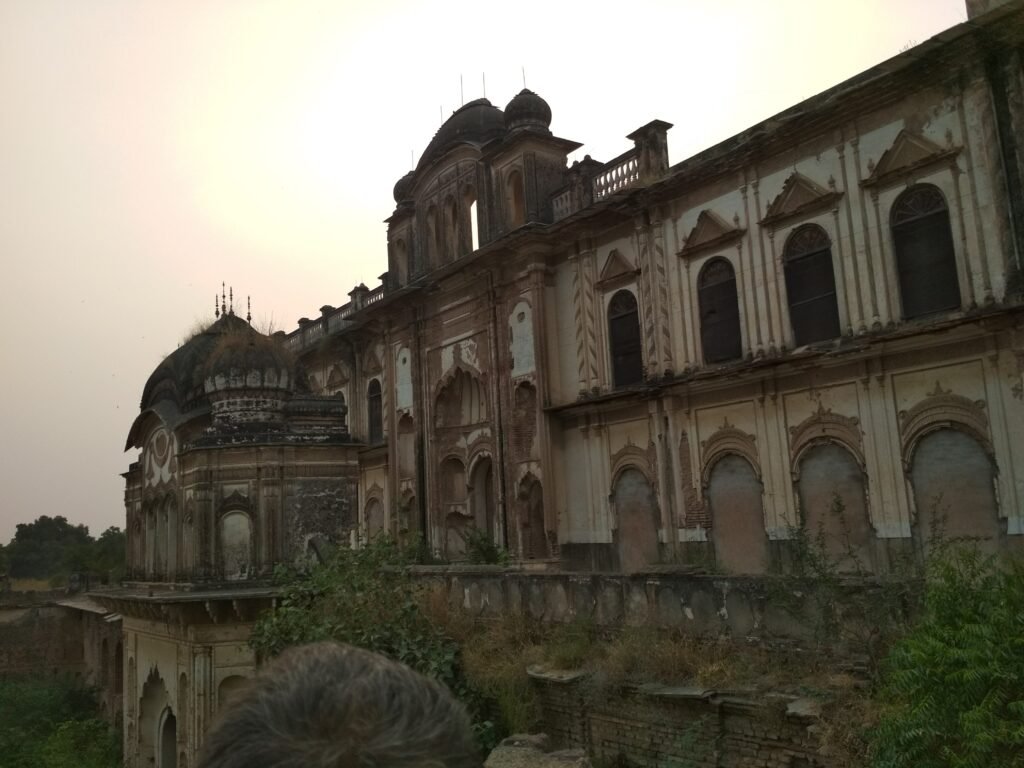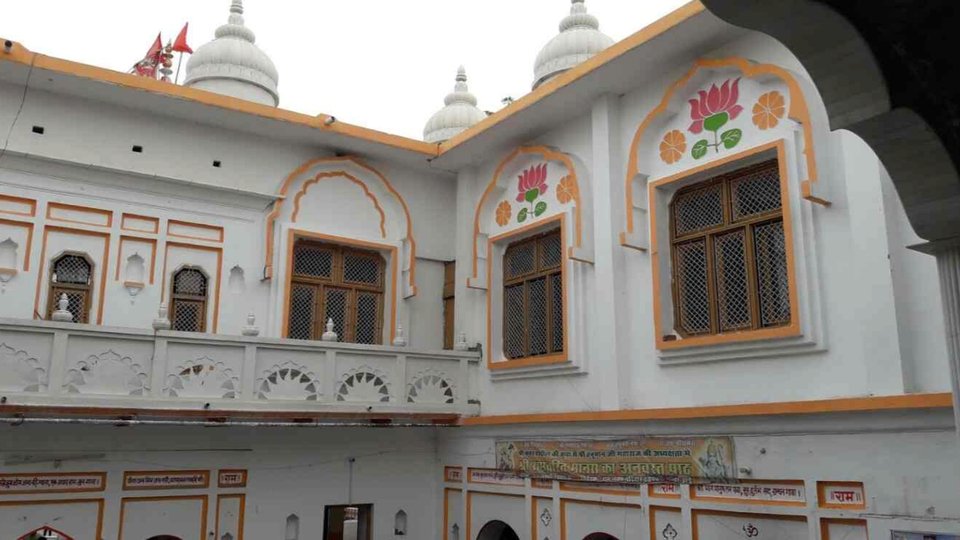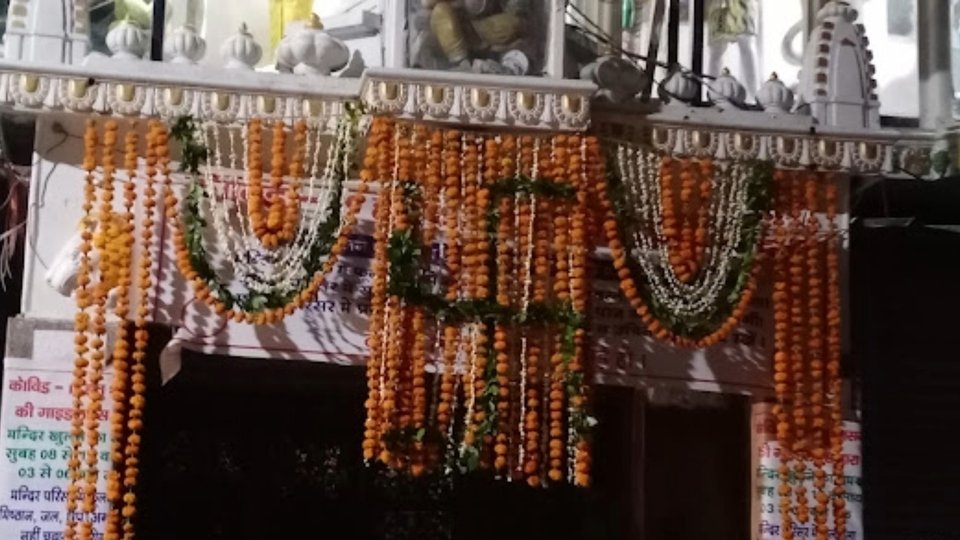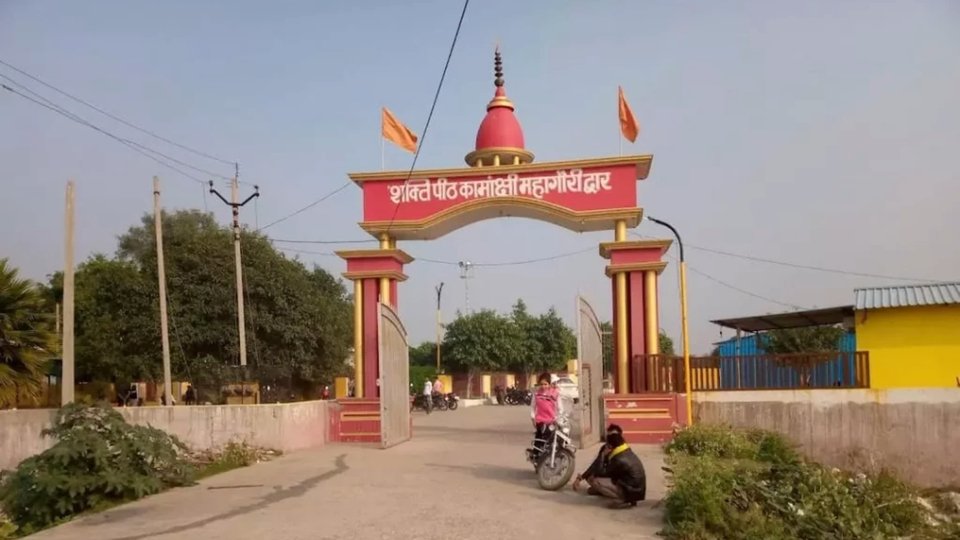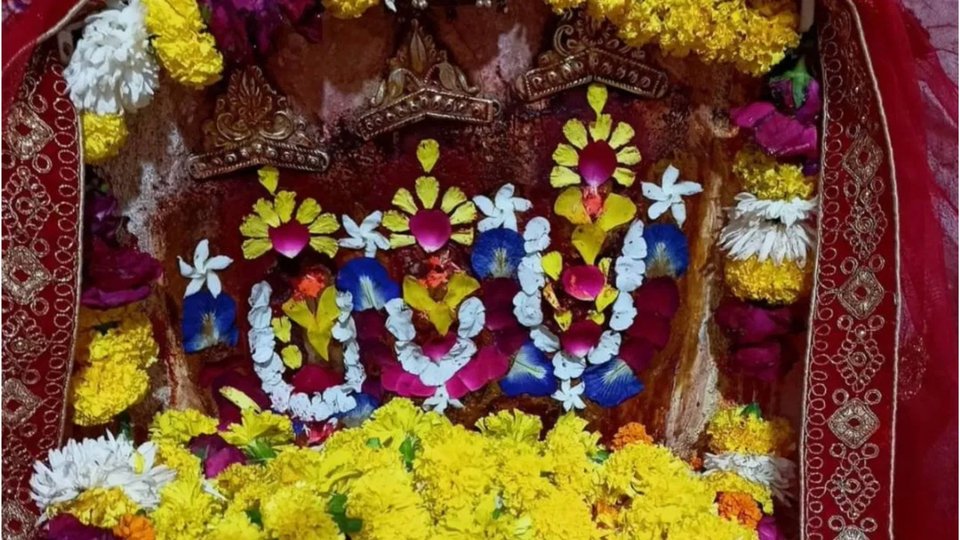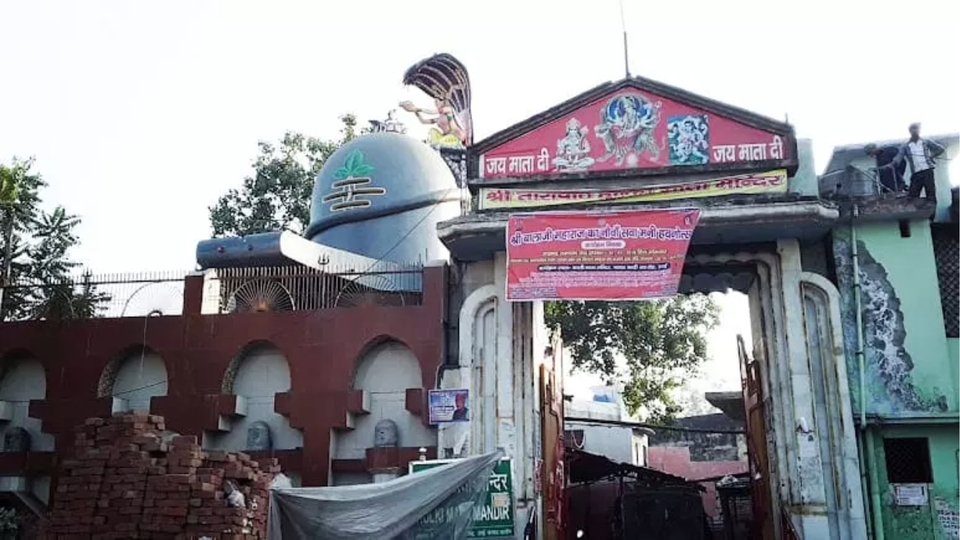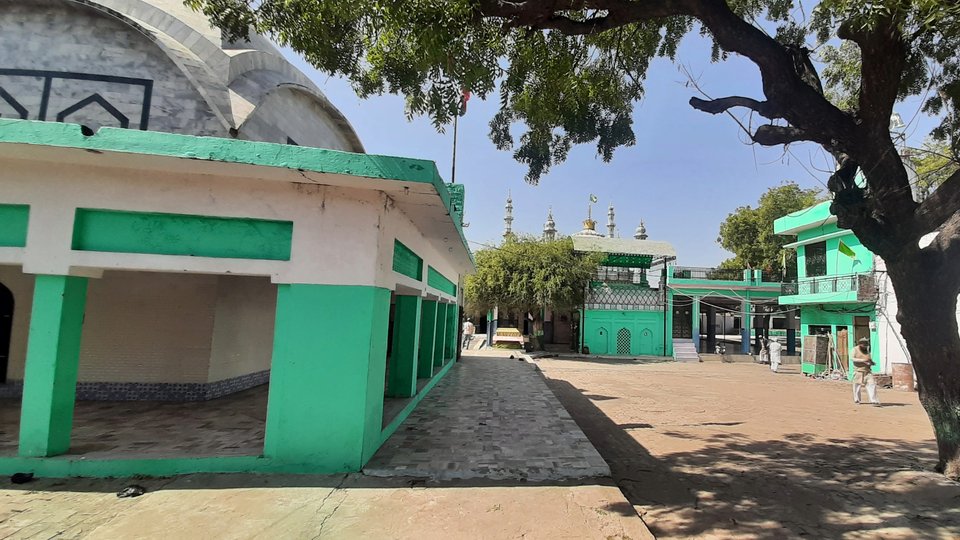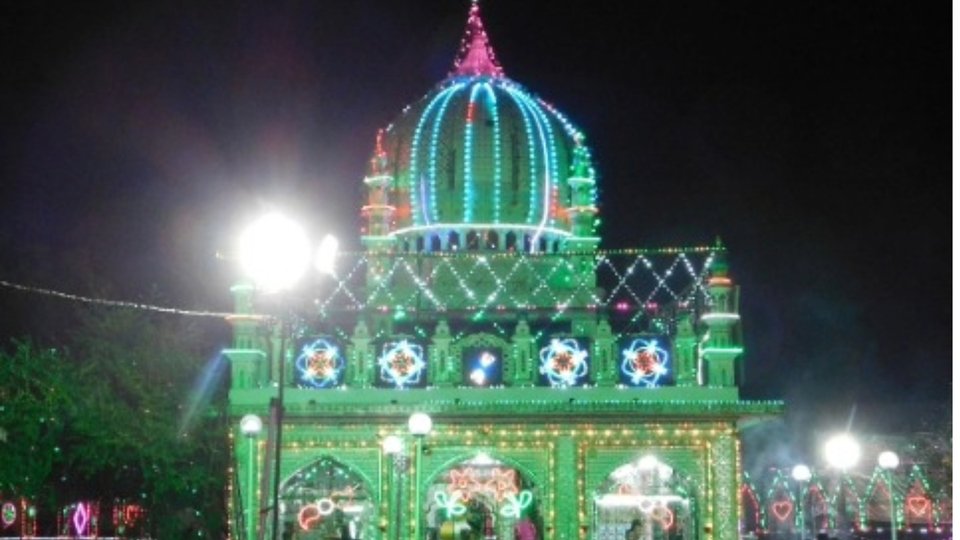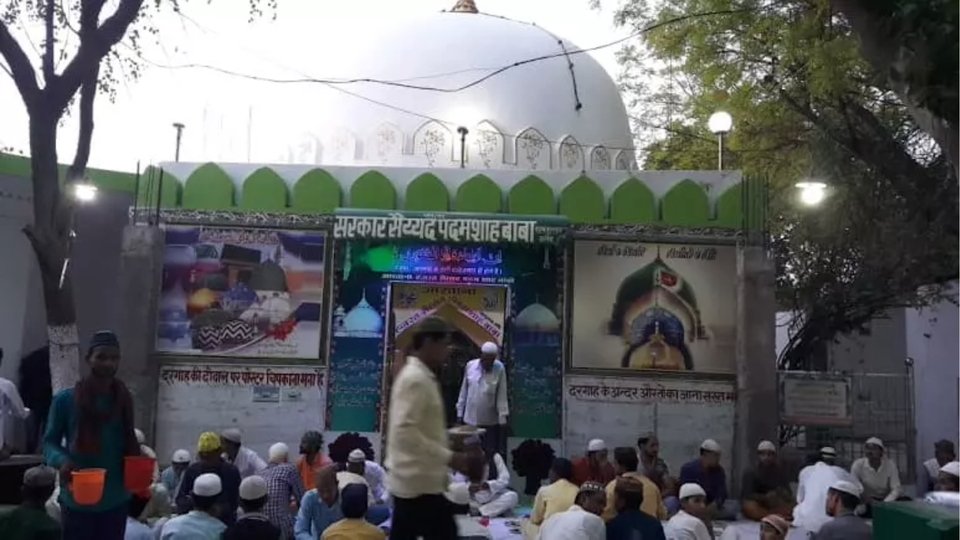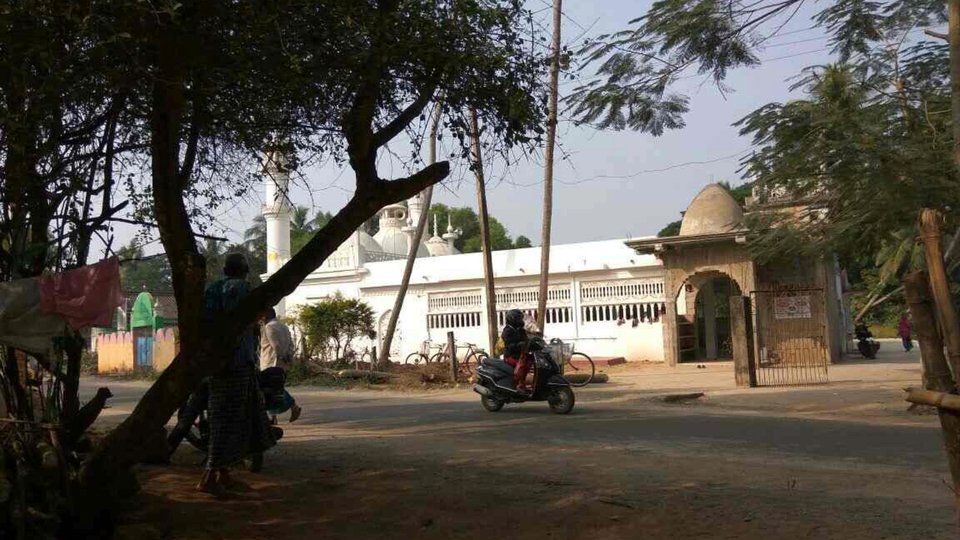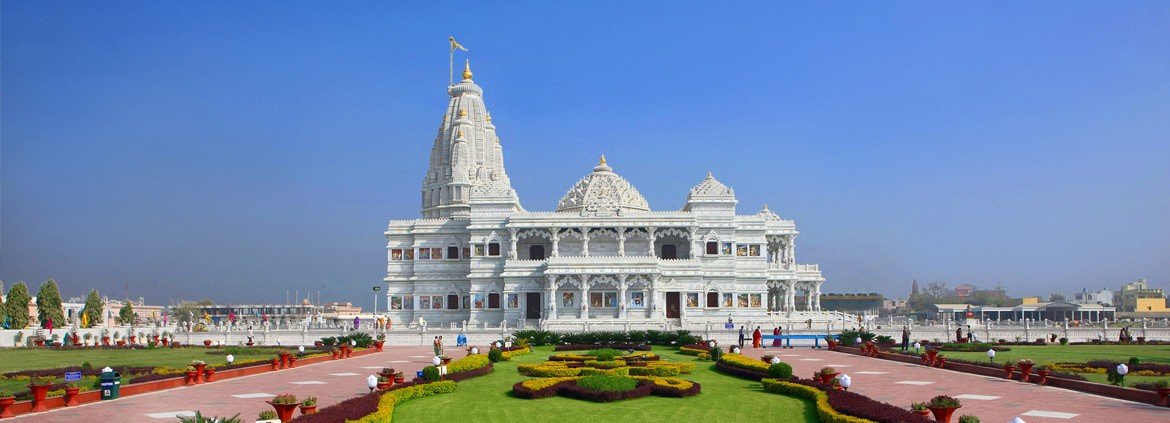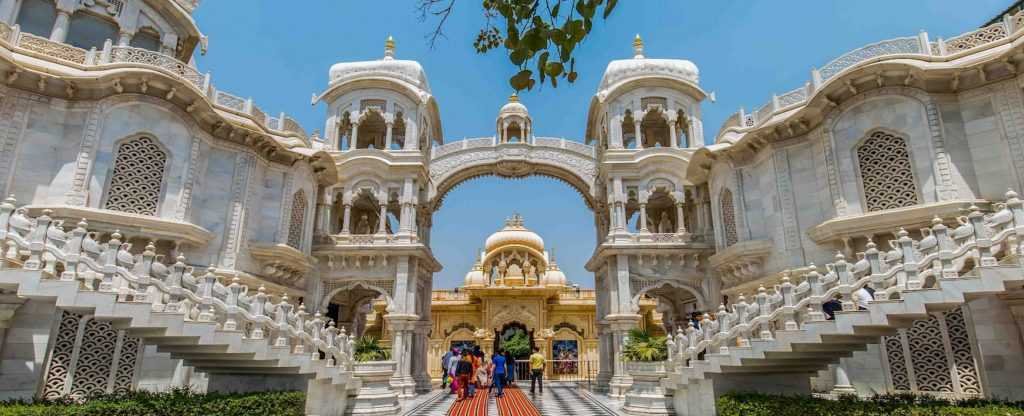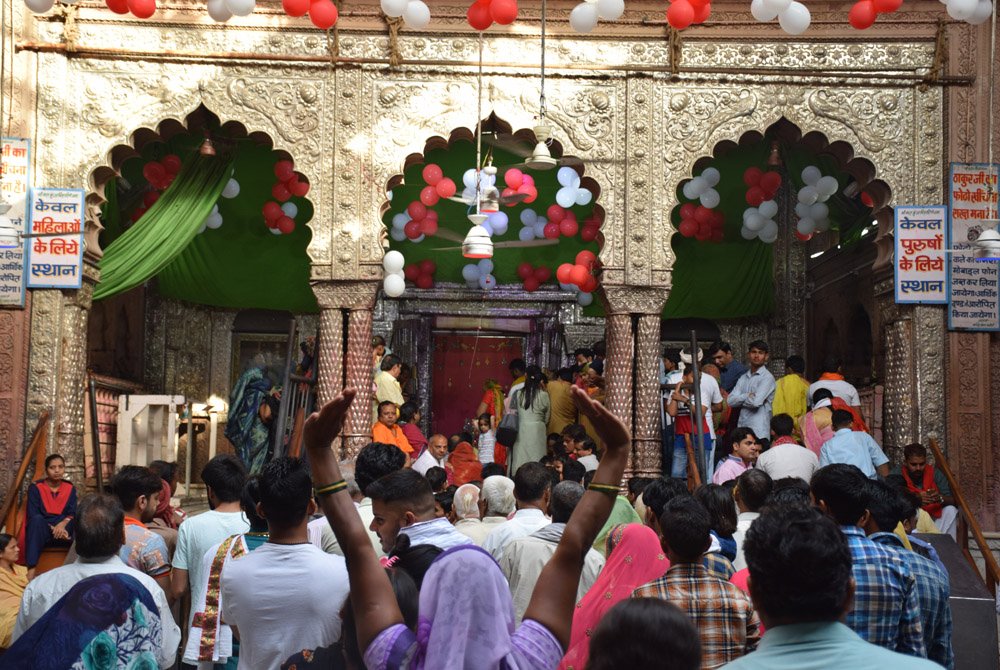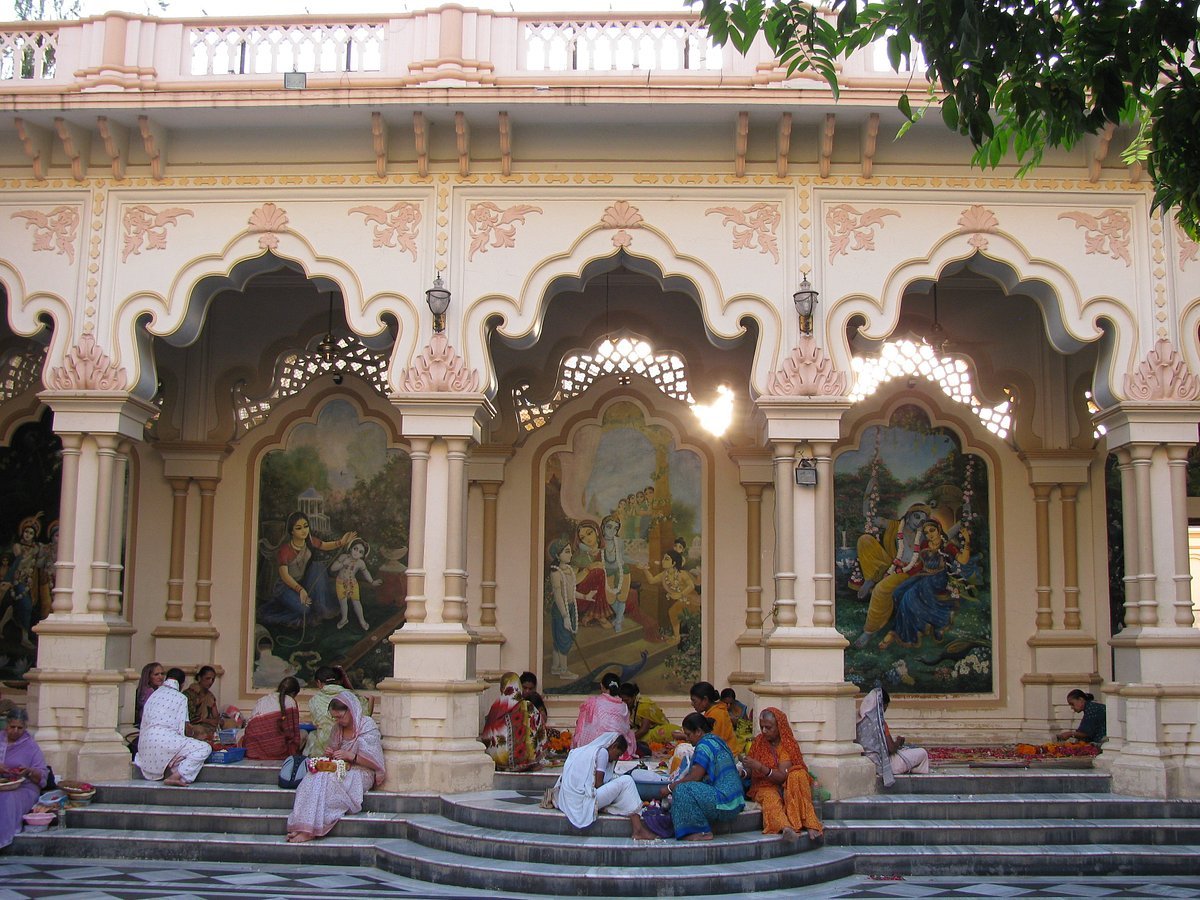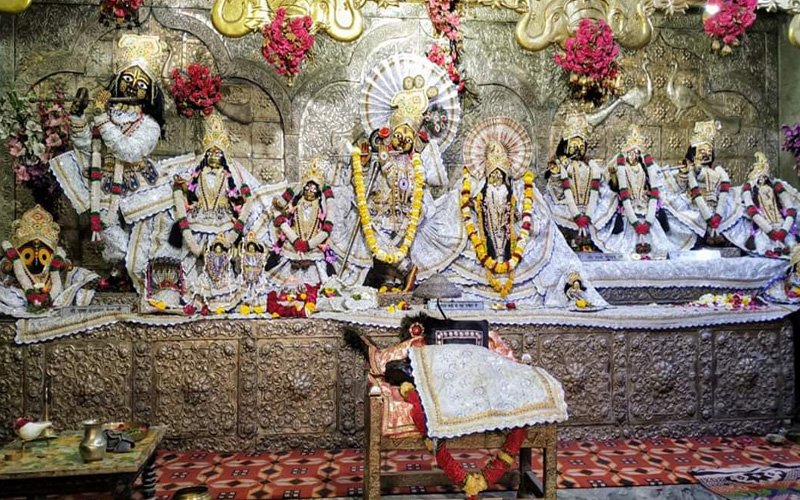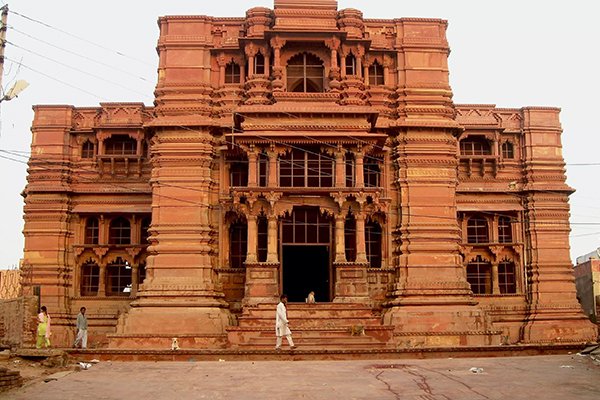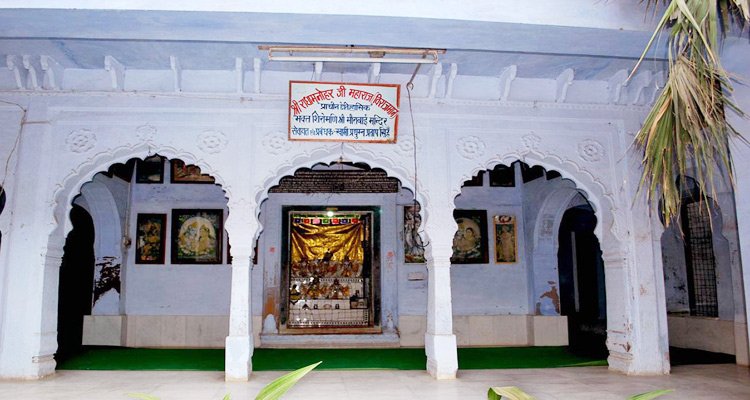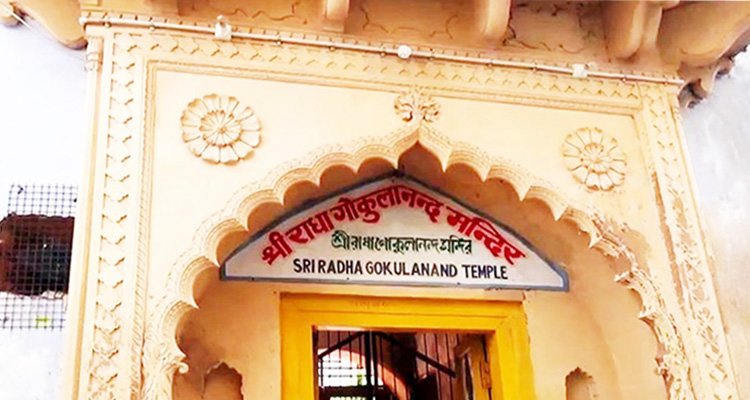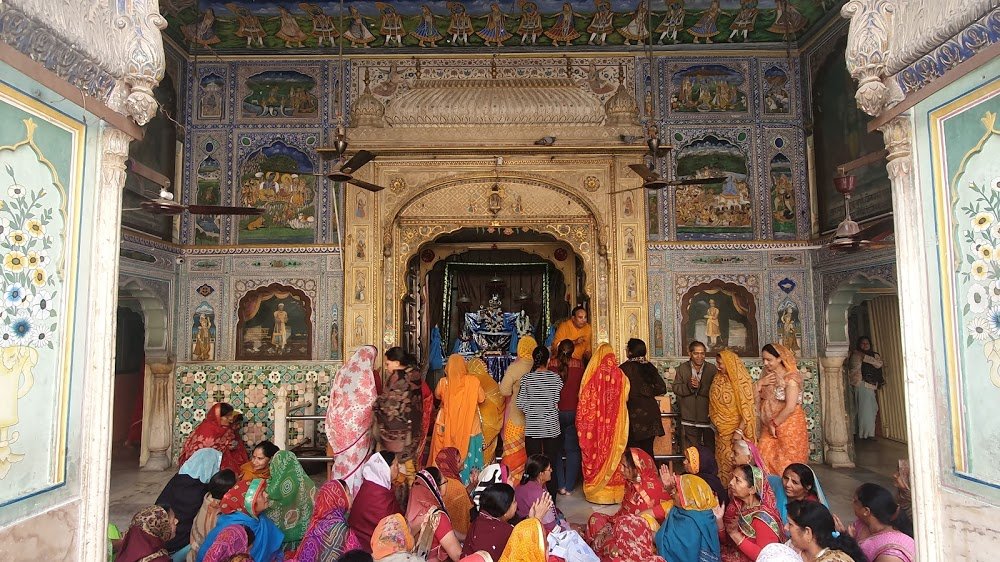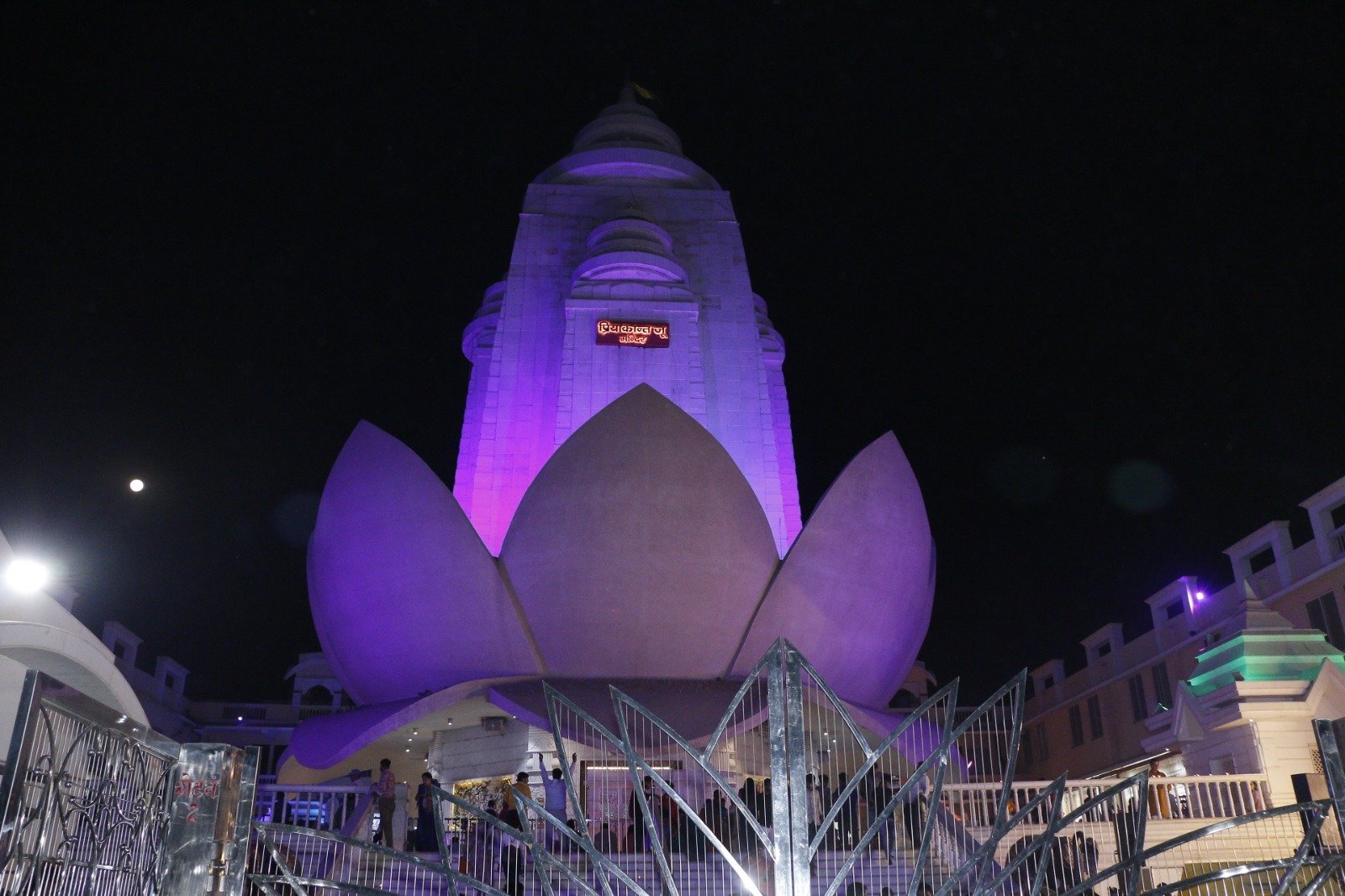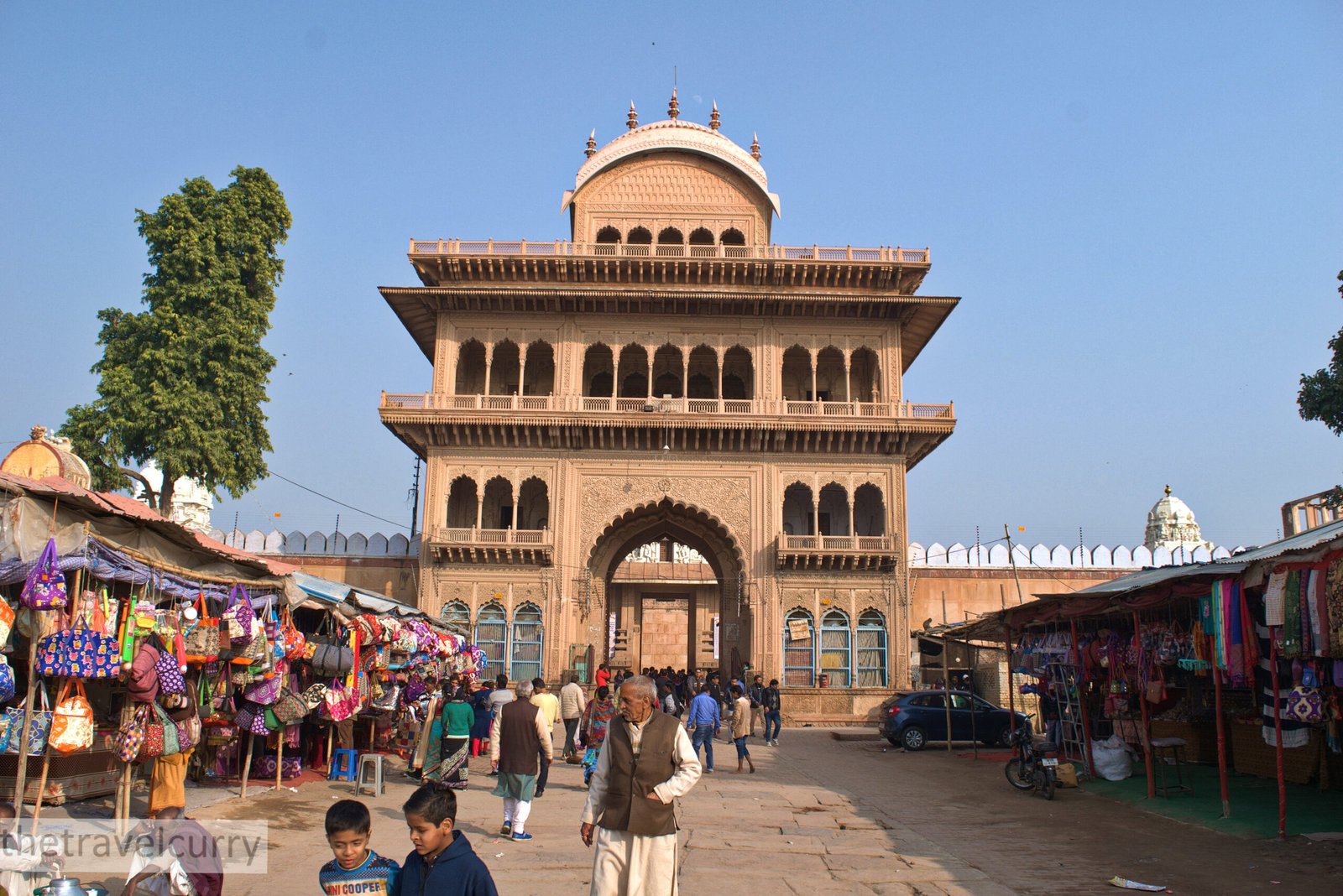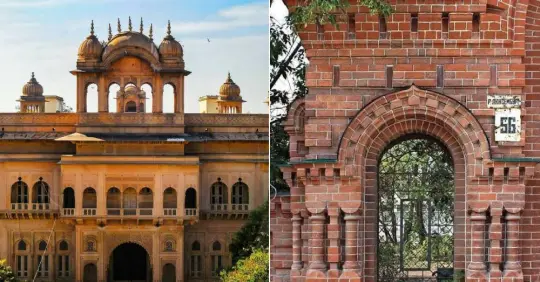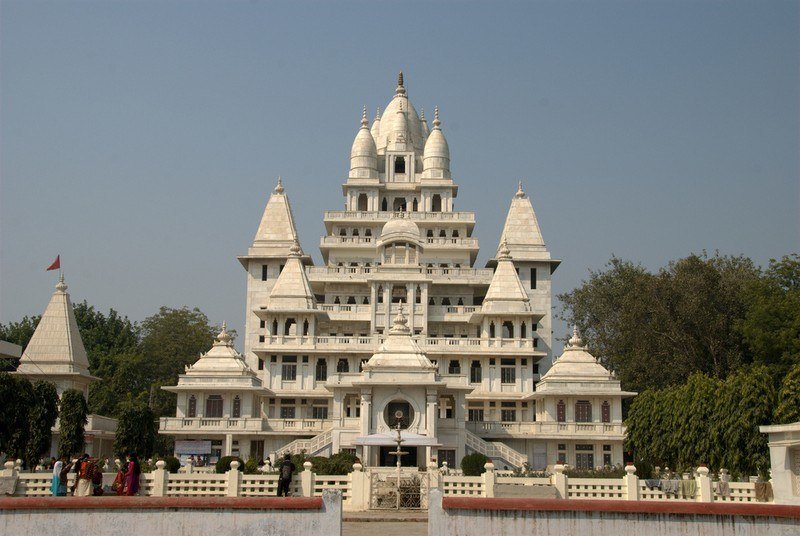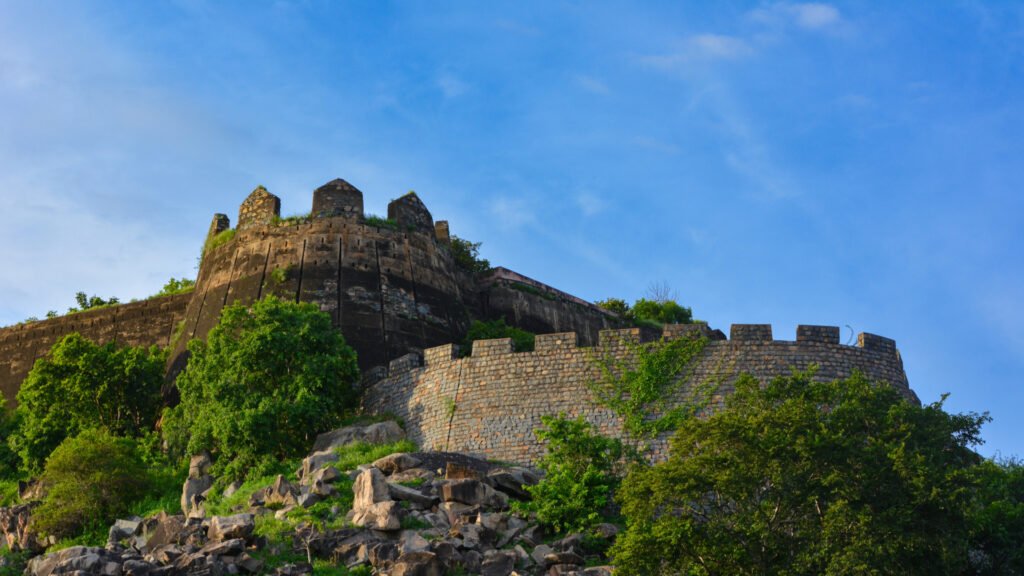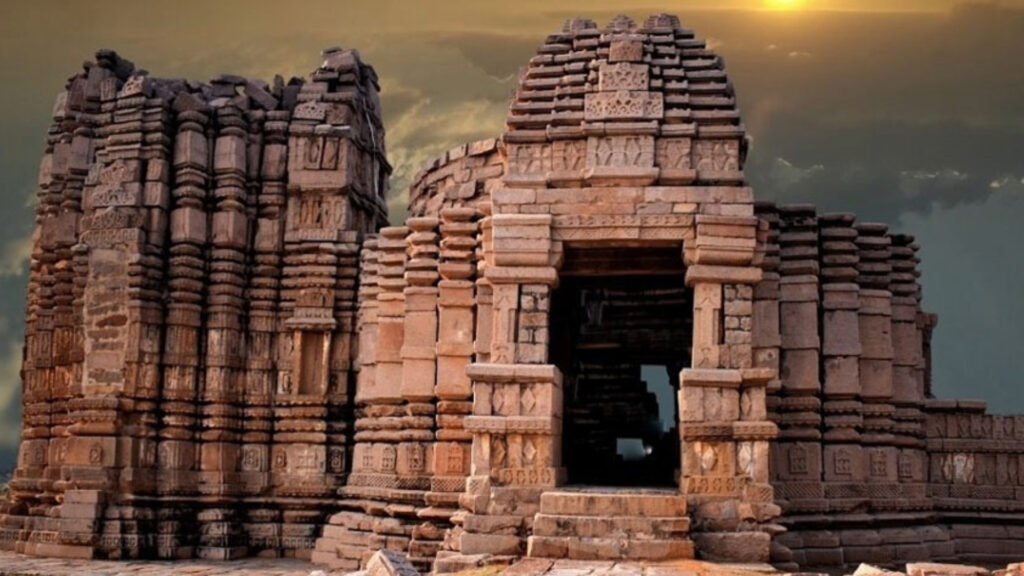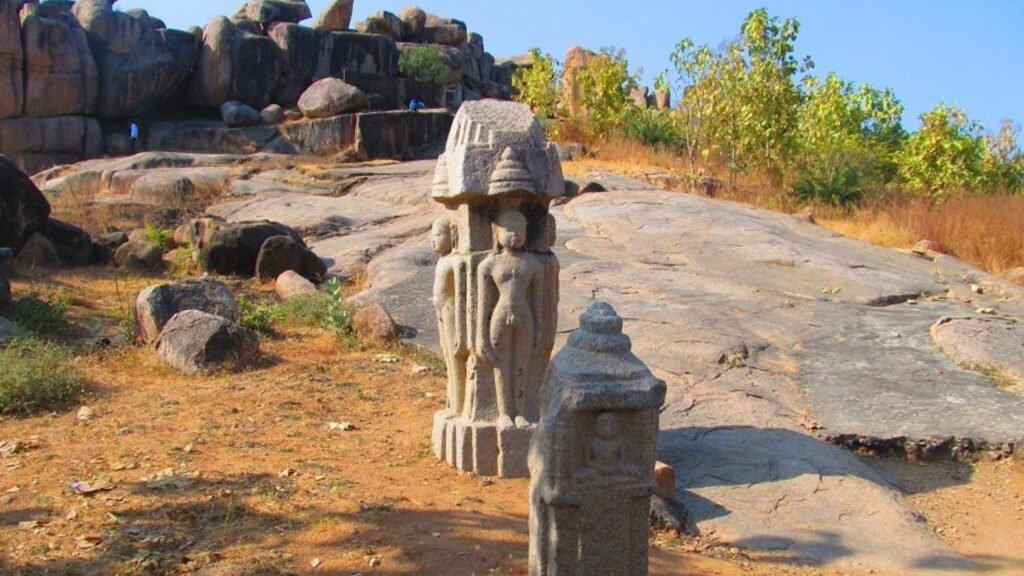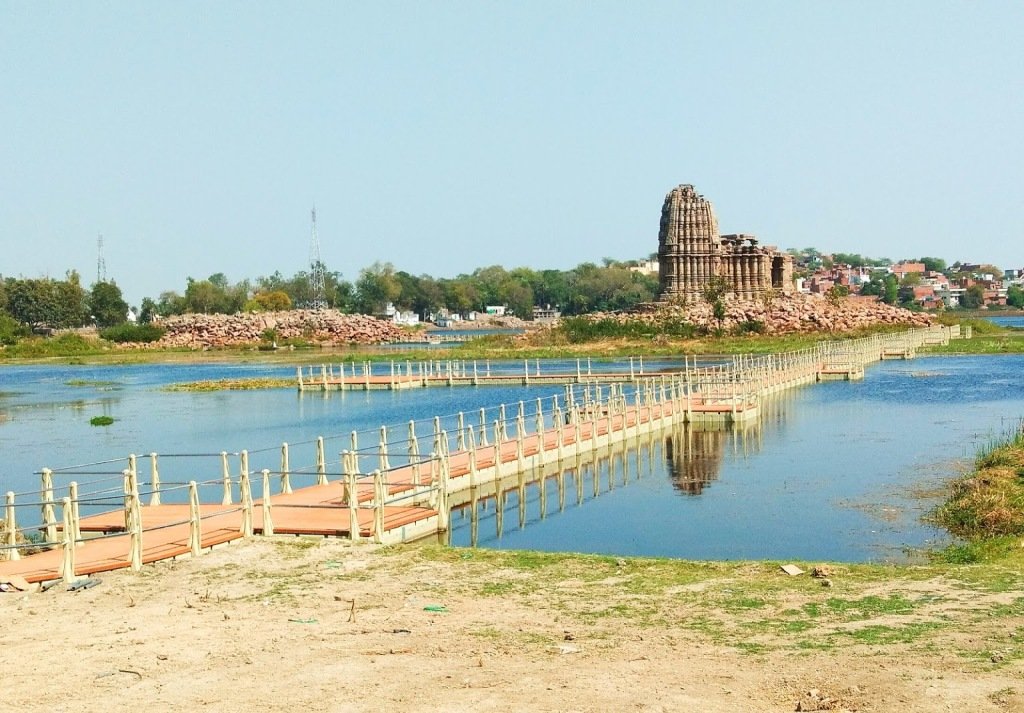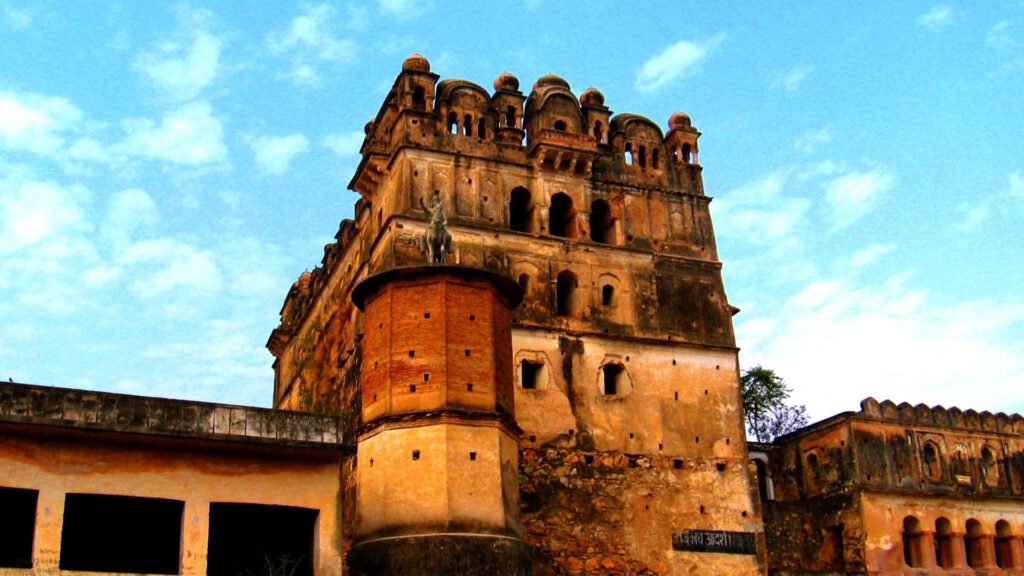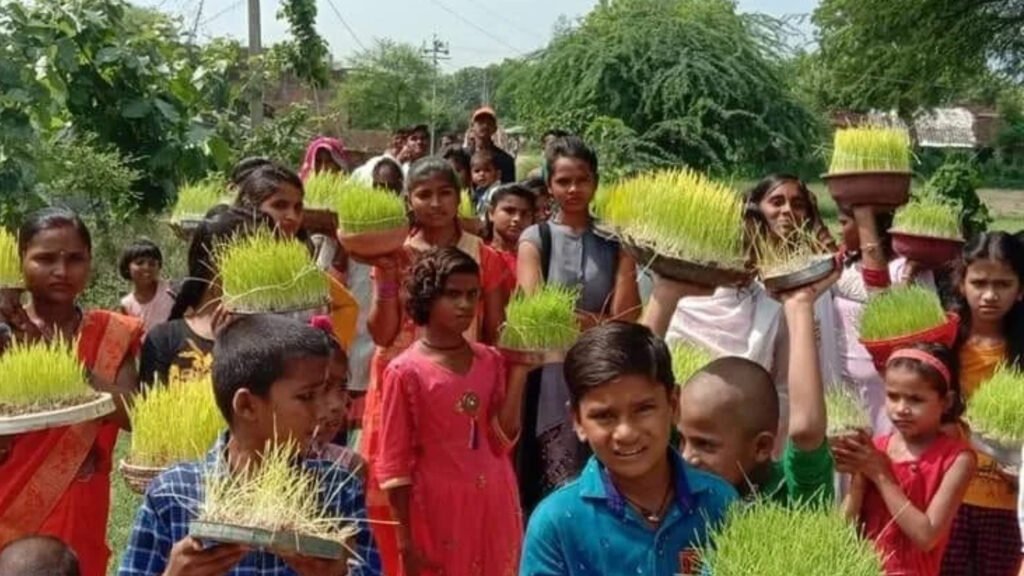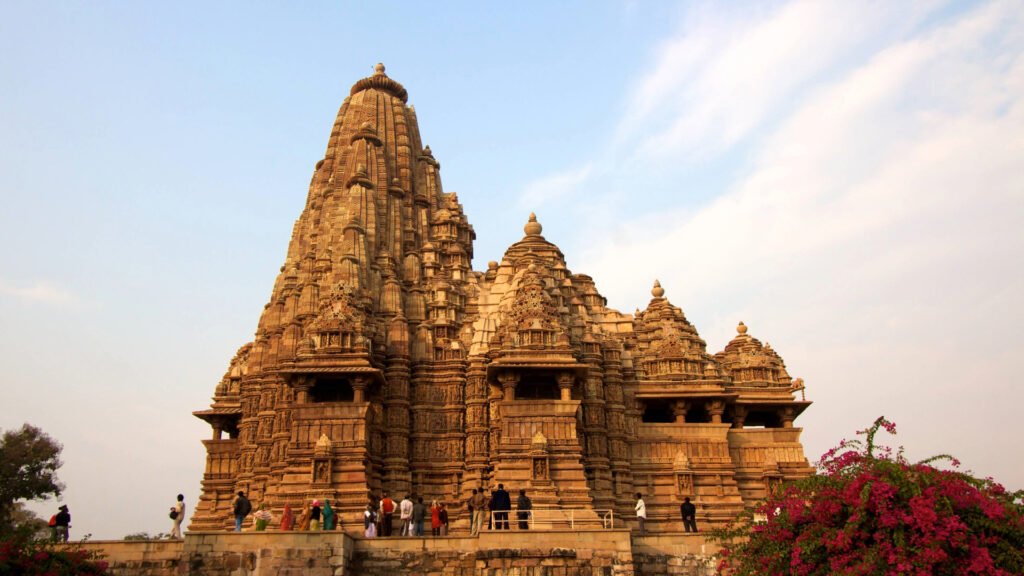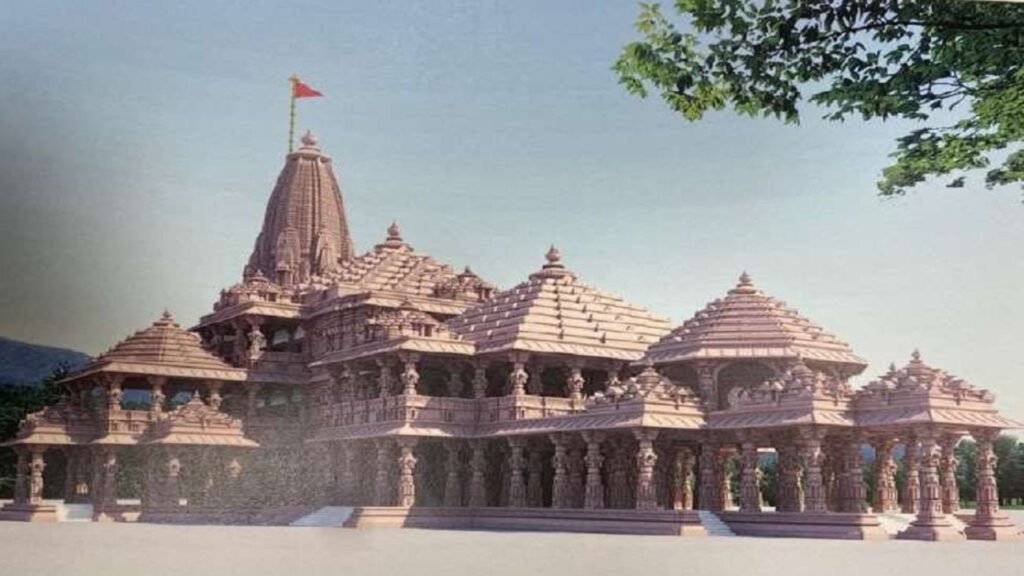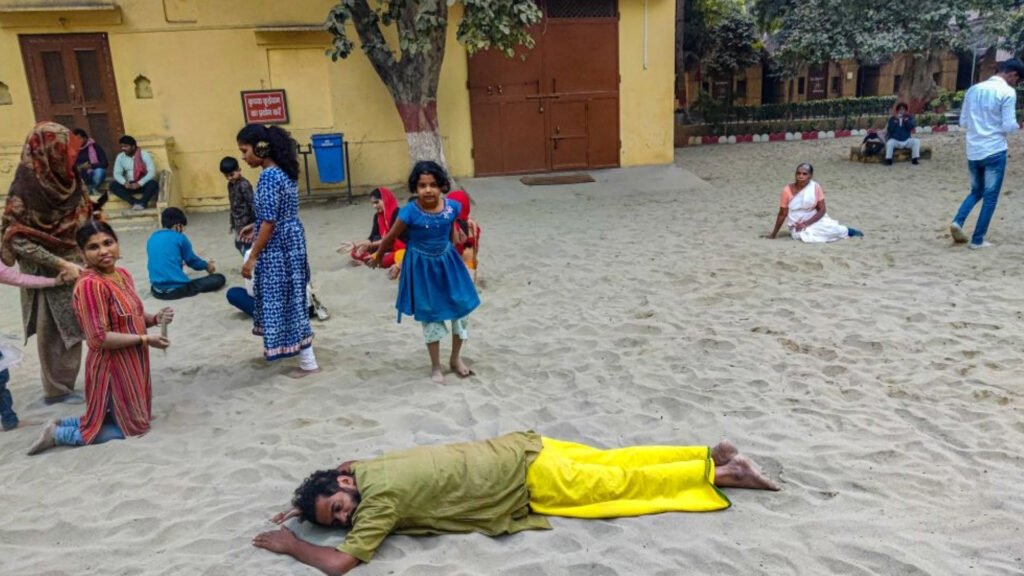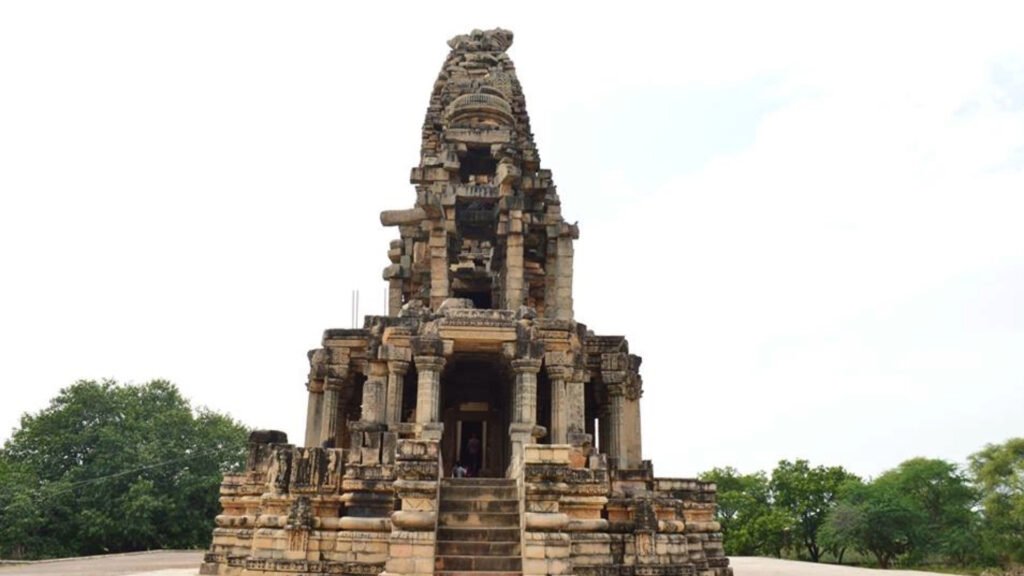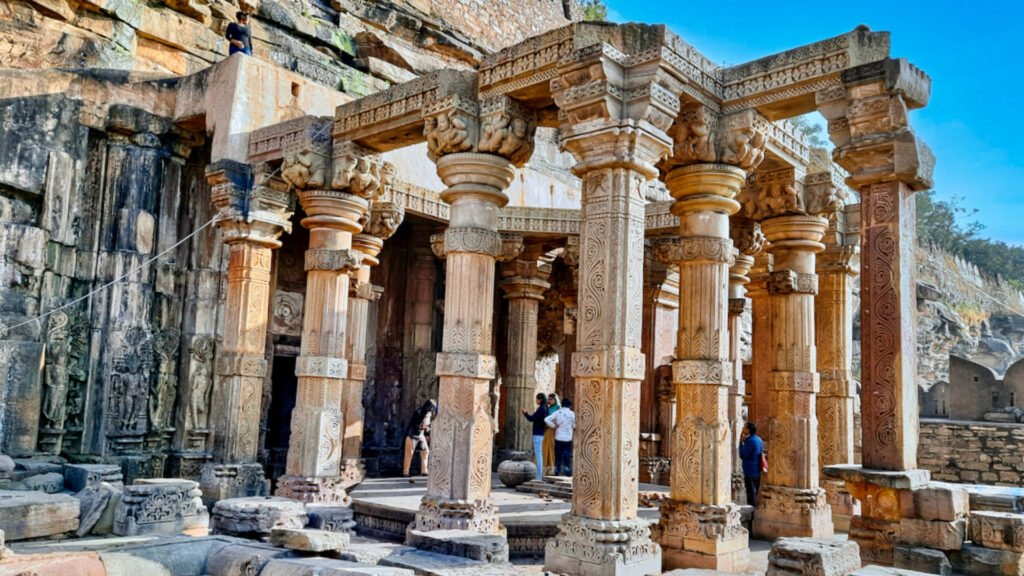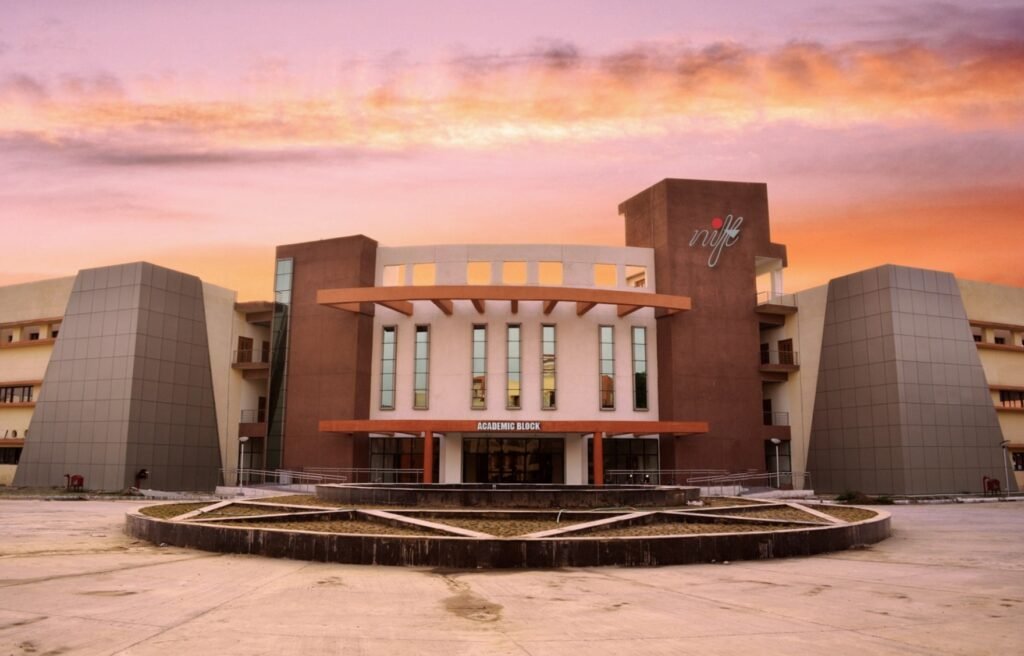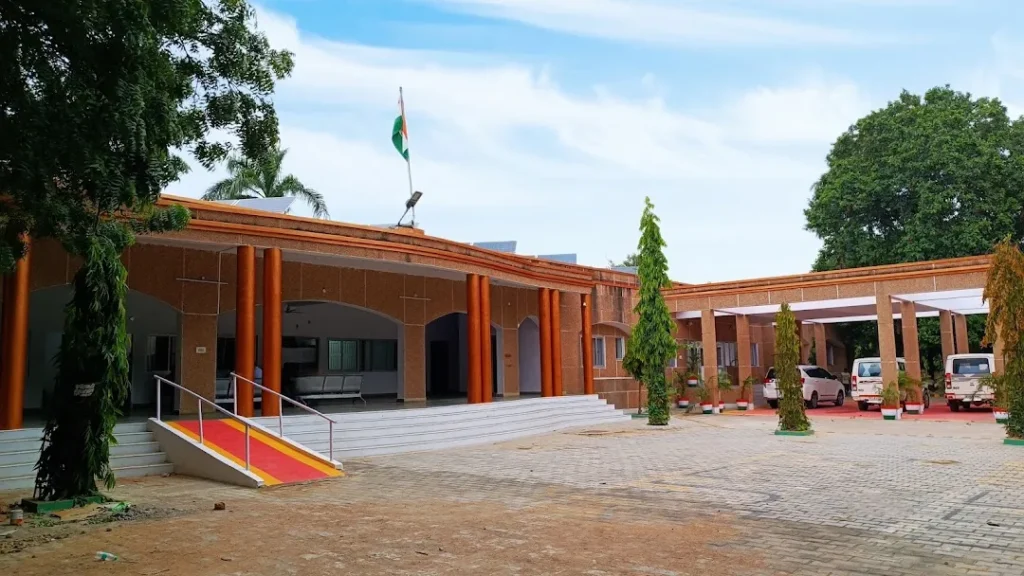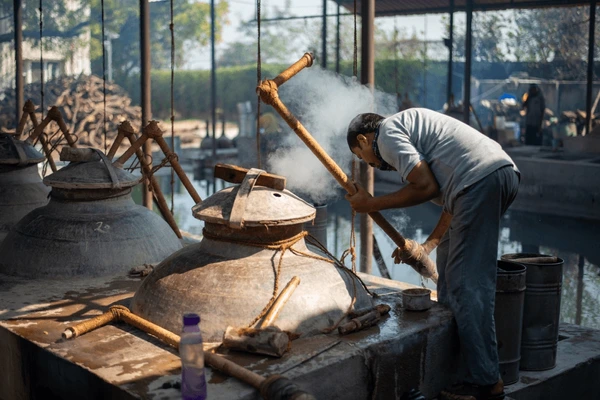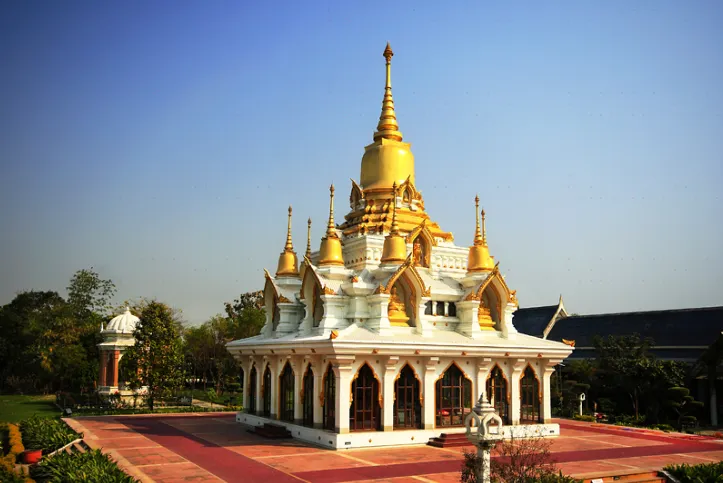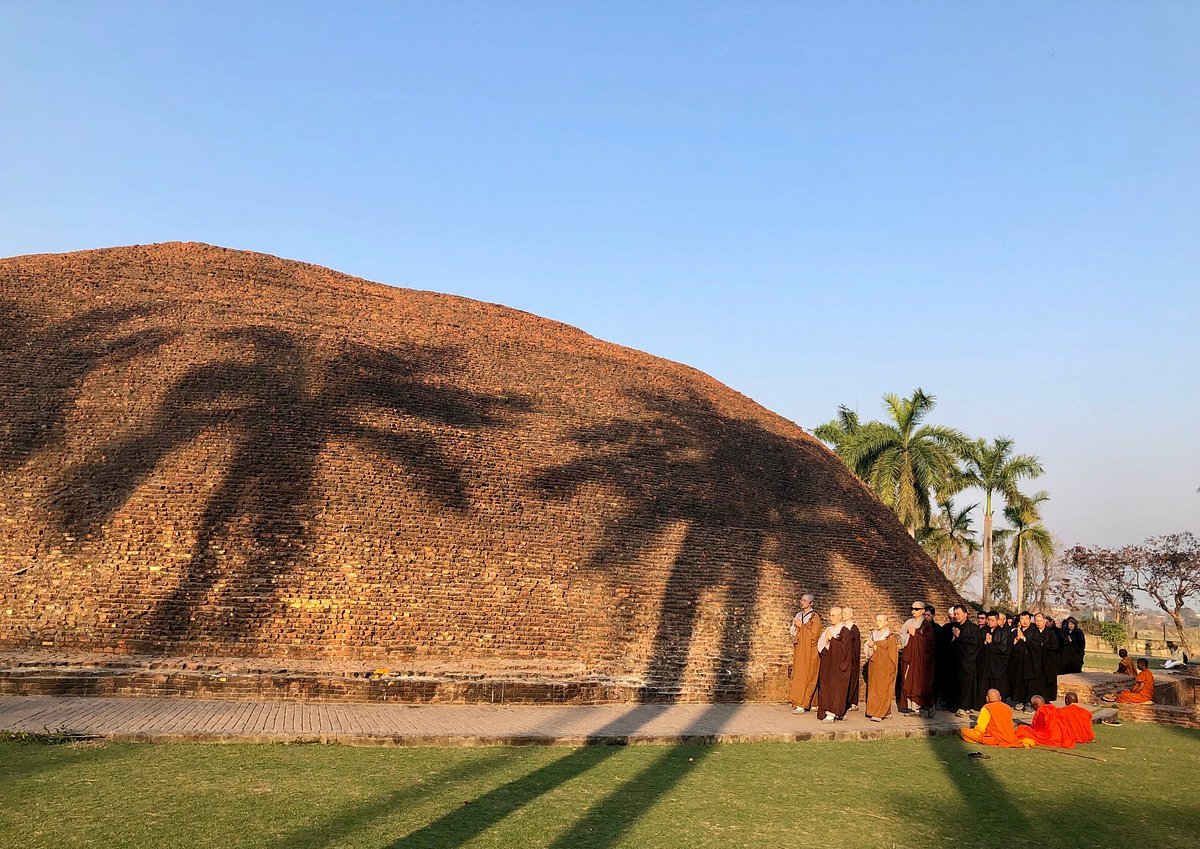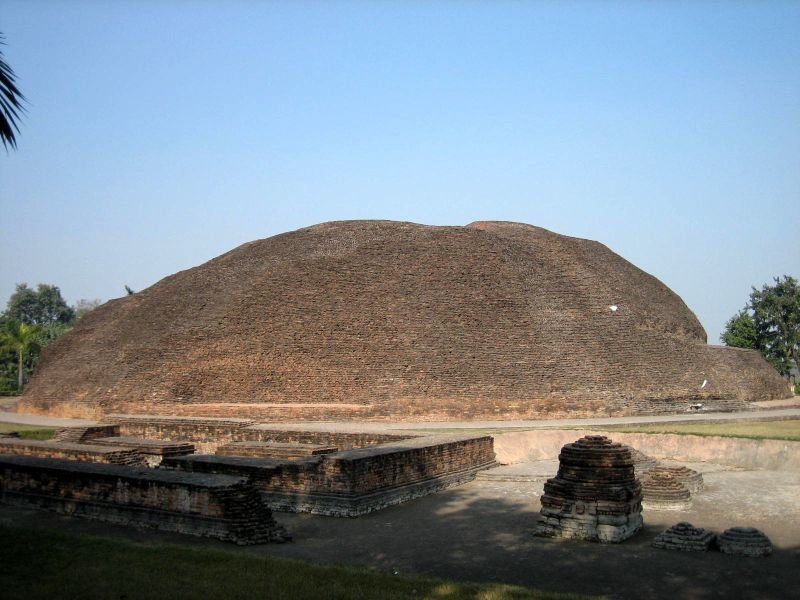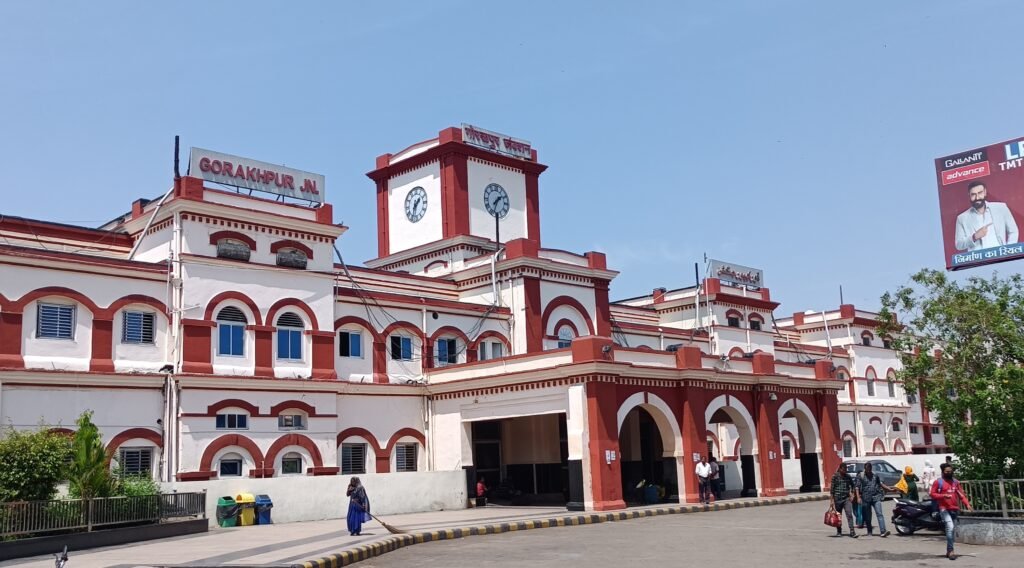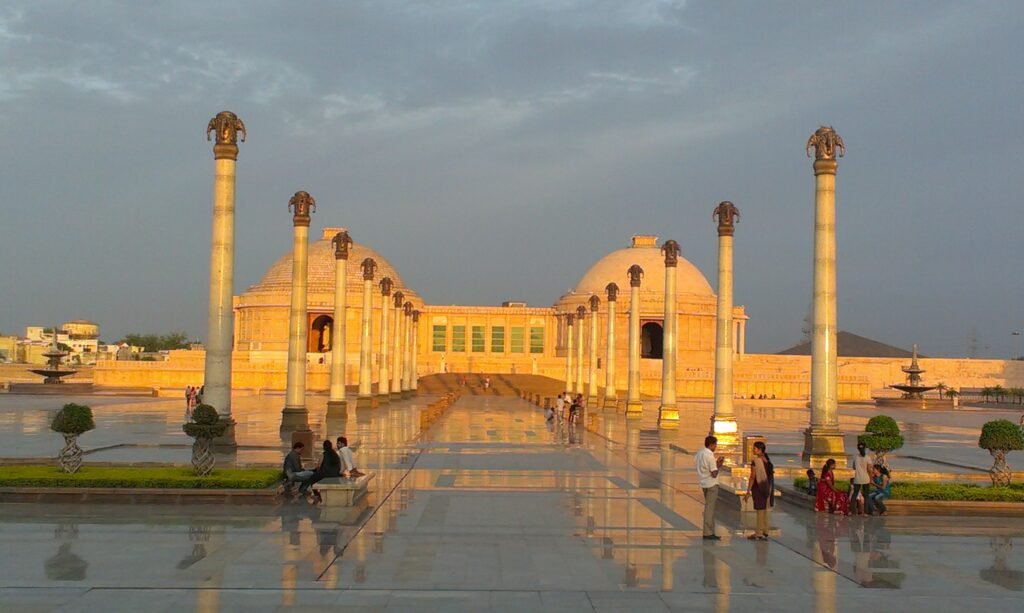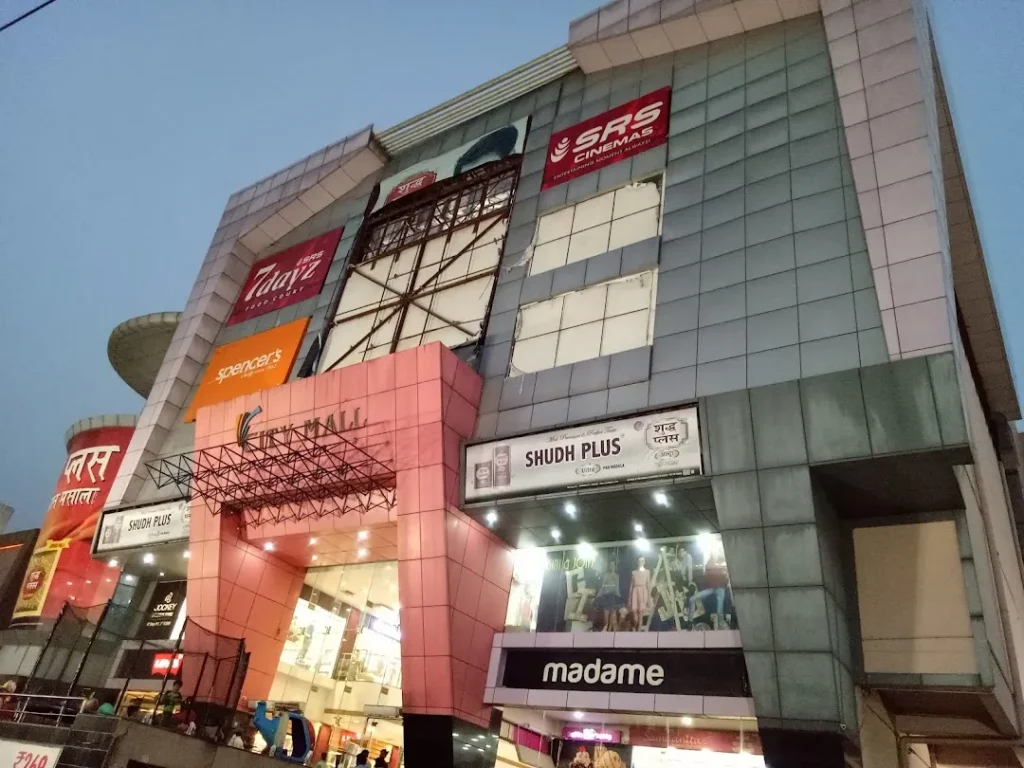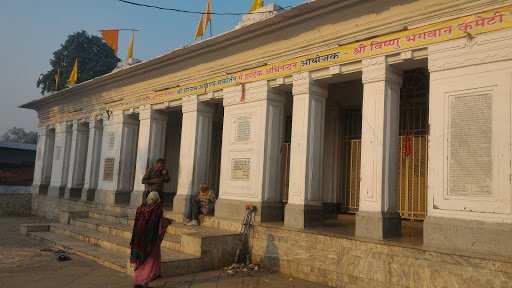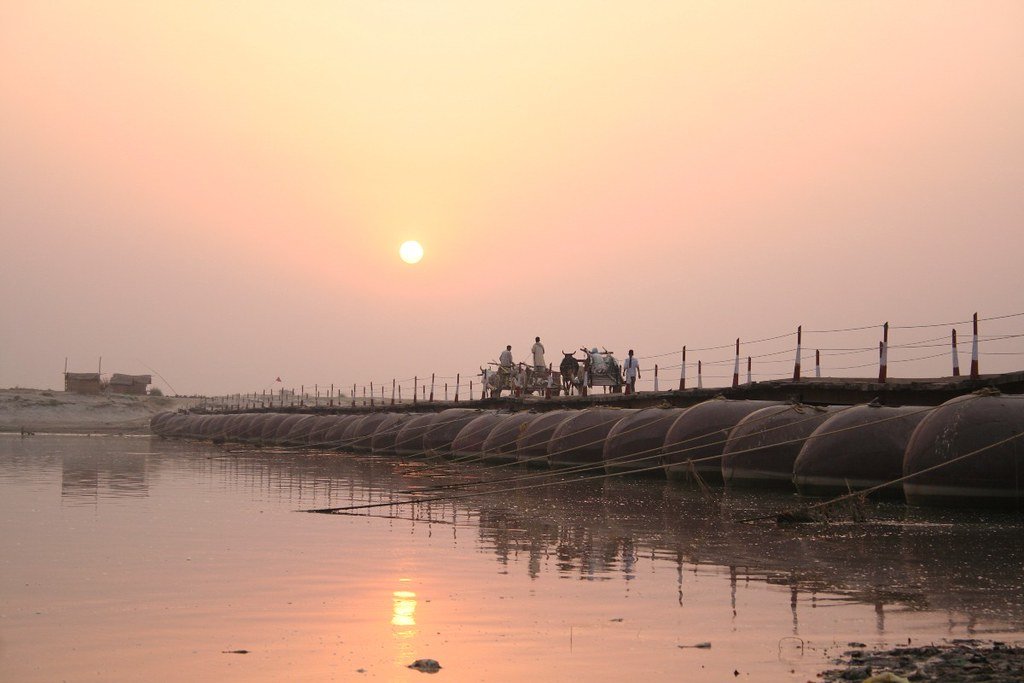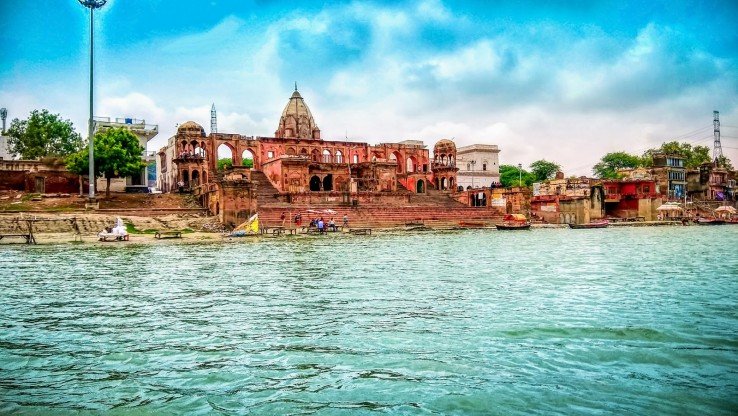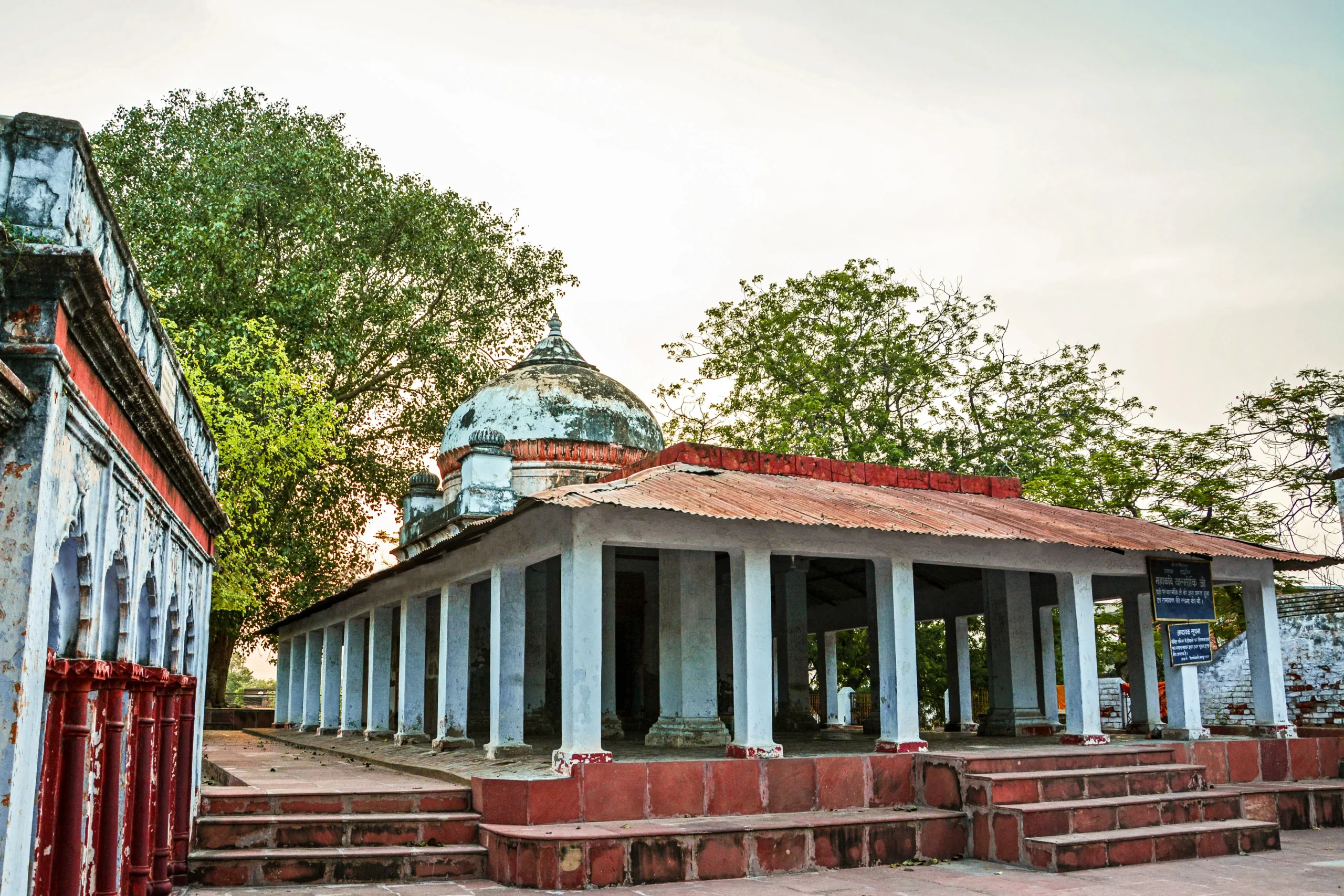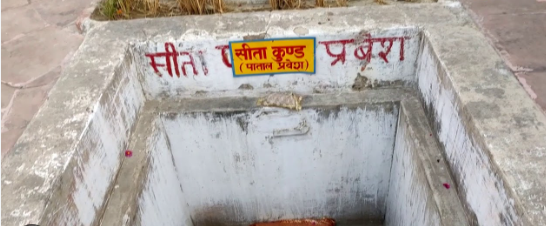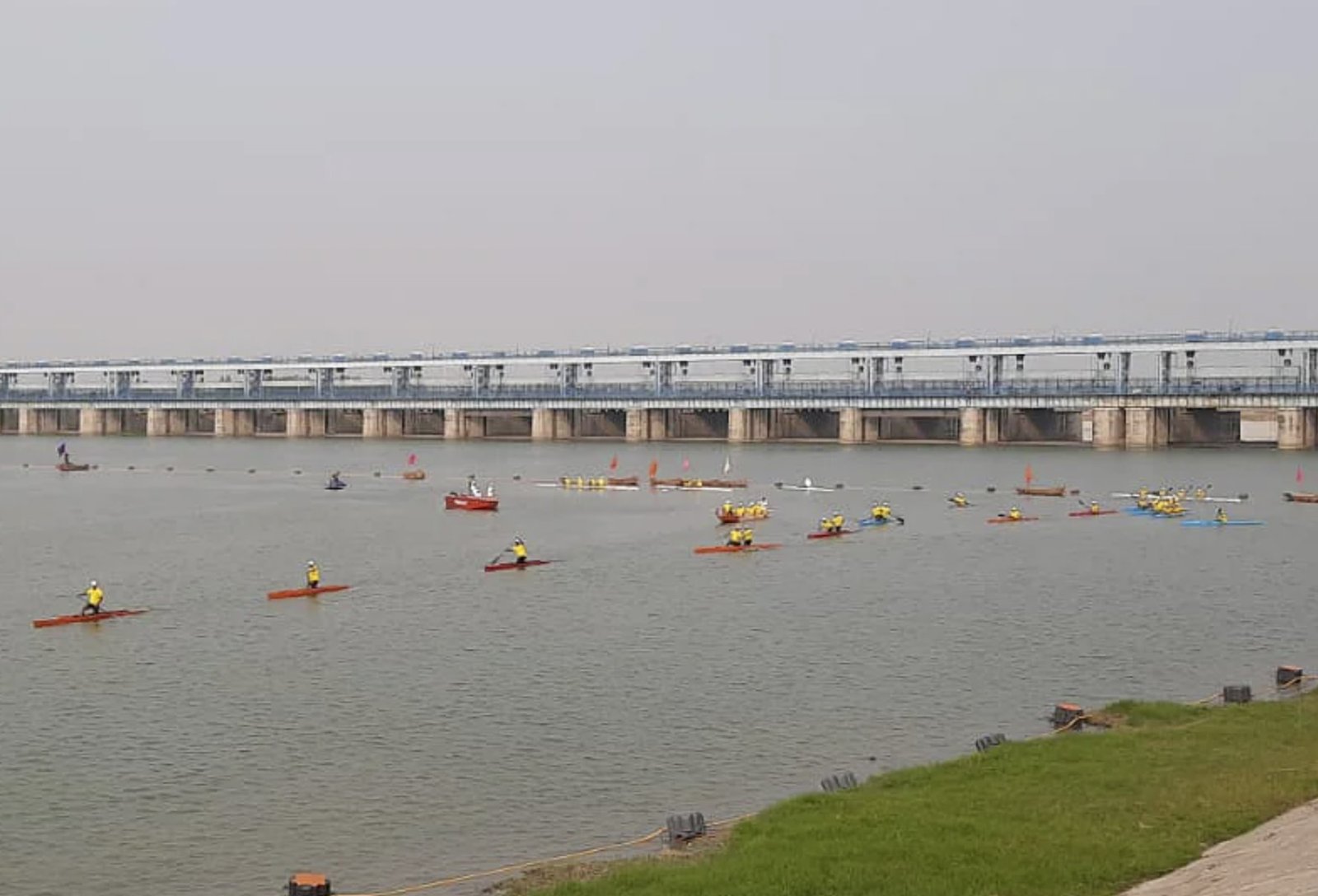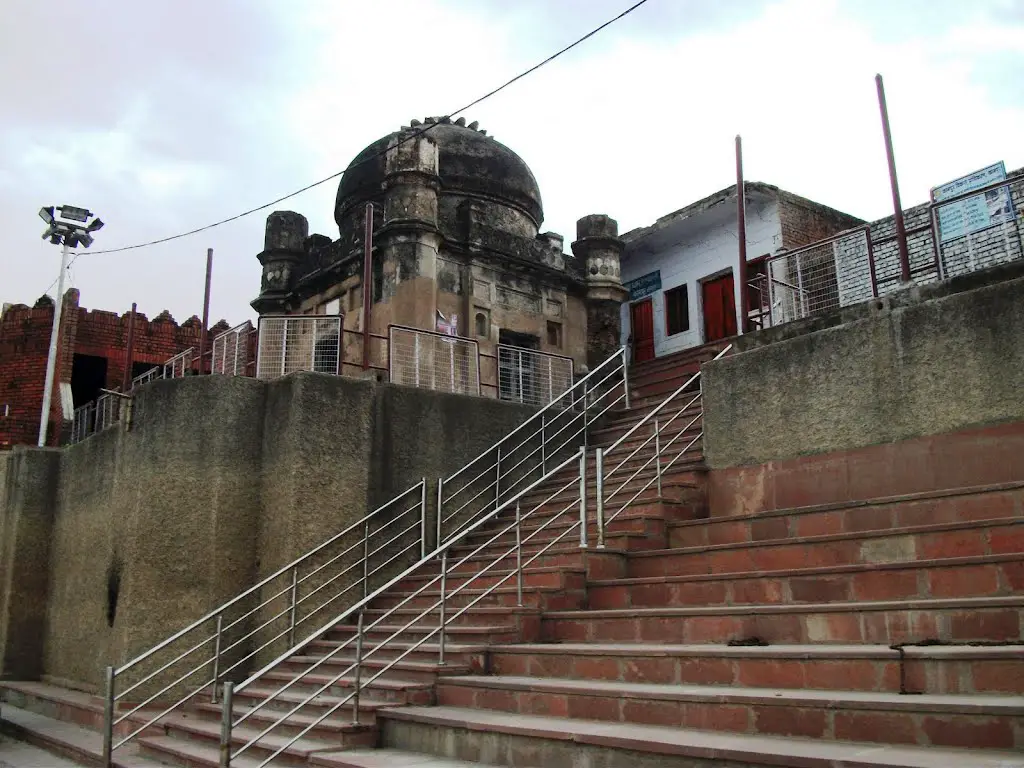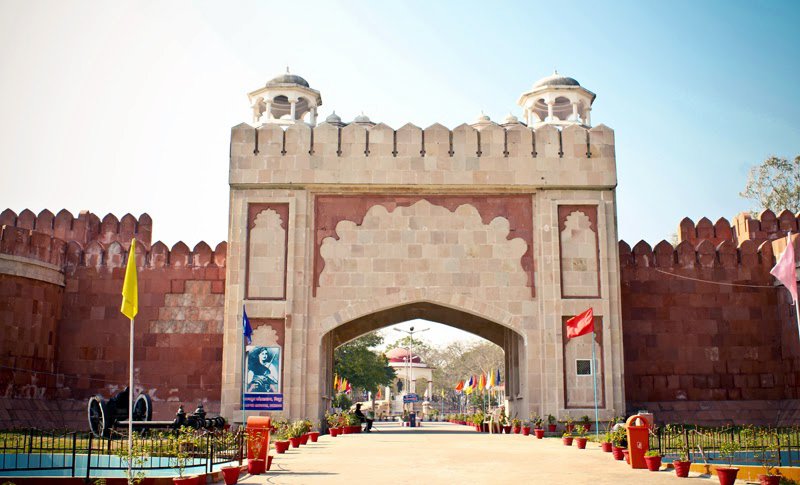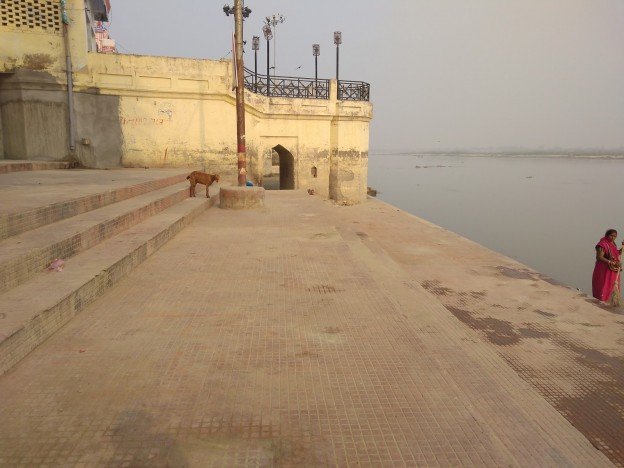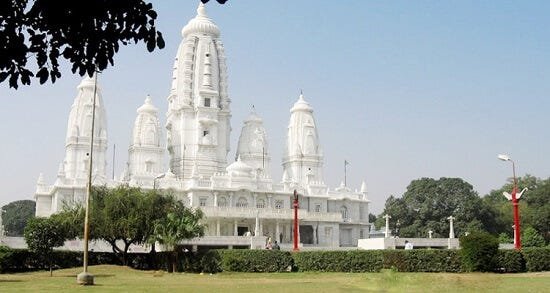Top 24 Places To Visit In Kanpur | Things To Do | Complete Travel Guide
Kanpur is a city located in the central-western part of the state of Uttar Pradesh, India. It is the financial capital of Uttar Pradesh and part of upcoming Bundelkhand Industrial Development Authority. The city is home to historical monuments such as the Jajmau Ghat which dates back to 17th century AD. Kanpur is also home to several historical sites such as the Bithoor Museum, Bhitargaon Temple, European Cemetery and Nanarao Park. Kanpur boasts a captivating historical heritage. The city has witnessed significant chapters in India’s past, with structures like the Kanpur Memorial Church and the Allen Forest Zoo reflecting its colonial-era architectural charm. The city’s history is deeply intertwined with the Indian struggle for independence, and remnants of that era, such as the Massacre Ghat.
Best Places To Visit In Kanpur:
Kanpur is known for its rich history, culture, and industrial heritage. There are a number of popular tourist attractions in Kanpur that are worth exploring.
Here are some of the best places to visit in Kanpur:
1. Allen Forest Zoo (Kanpur Zoological Park):
Allen Forest Zoo is a 76.56-hectare (189.2-acre) zoo located in Kanpur, Uttar Pradesh, India. It is the largest open green space in Kanpur and the largest zoological park in North India . Here are some key features and highlights of Allen Forest Zoo: The zoo was opened on February 4, 1974, and is home to over 1400 animals of 125 different species . The zoo is spread over a natural forest and features a natural lake and ancient trees . Two electric cars are available for a 50-minute ride, with charges of ₹120 and ₹210 for the three-seater and seven-seater cars, respectively . The zoo also has a toy train that costs ₹50 for adults and ₹25 for children aged 5 to 12 years .

Timings: open for visitors on all days from 9 am to 5:00 pm, except on Mondays .
2. J.K. Temple:
J.K. Temple is a Hindu temple located in Sarvodaya Nagar, Kanpur, Uttar Pradesh, India. The temple is a unique blend of ancient and modern architecture and is dedicated to Lord Radha and Krishna, Lord Lakshmi and Narayan, Lord Ardhanarishwar, Lord Narmadeshwar, and Lord Hanuman . The temple was constructed by JK Trust and was opened for public in the year 1960 . The temple is located on First Street in Sarvodaya Nagar locality of Kanpur and is heavily guarded with CCTV cameras . Photography is prohibited inside the temple premises, and visitors are frisked before entry .
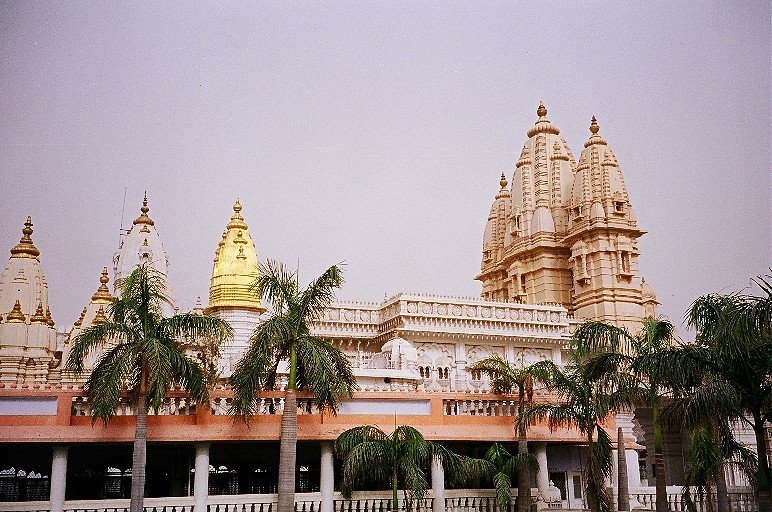
Timings: Open all days of the week from 6:00 am to 12 noon and 4:30 pm to 9:00 pm .
3. Phool Bagh:
Phool Bagh is a beautiful urban park located in Kanpur, Uttar Pradesh, India. It is situated on the Mall Road and is also known as Ganesh Shankar Vidyarthi Udyan . The park was originally called Queen’s Park and is one of the oldest gardens in Kanpur . It holds historical significance and used to be the venue for relevant political rallies and public meetings . The park is spread over 76.56 hectares (189.2 acres) and features a natural lake and ancient trees . The park also houses the Kanpur Museum (Kanpur Sanghralaya), a library, and the Cawnpore Union Club . There are numerous statues of prominent freedom fighters including BR Ambedkar, Mahatma Gandhi, and Ganesh Shankar Vidyarthi . The park grounds also sites a huge hoisted Indian flag which is about 150 feet tall . Many Indian festivals including Diwali, Holi, and some Poojas or religious ceremonies are held here .

Timings: Open from 10:00 AM to 10:00 PM and the entry fee is INR 10 .
Entry Fee: is INR 10.
4. Kanpur Memorial Church:
Kanpur Memorial Church originally known as the All Souls’ Church, is a church located in Kanpur, India that belongs to the Church of North India, a united Protestant denomination. It was built in 1875 in honor of British valor during the Siege of Cawnpore in 1857 . The church is situated on Albert Lane near Cawnpore Club in Kanpur Cantonment . The church was designed by Walter Granville, architect of the East Bengal Railway, and is executed in bright red brick with polychrome dressings in Lombardic Gothic style . The church features a memorial garden to the east, which can only be approached through one gateway. The garden has a handsome carved Gothic screen designed by Henry Yule. Its center is occupied by a beautiful carved figure of an angel by Baron Carlo Marochetti, with crossed arms, holding palons, i.e. symbols of peace. This carved figure was created in memory of the Bibighar massacre, where Indian rebels killed approximately 200 unarmed European women and children with guns and cleavers, throwing their remains into a nearby well and burying some survivors under the pile of bodies .

5. Moti Jheel:
Moti Jheel is a lake and drinking water reservoir located in the Benajhabar area of Kanpur, Uttar Pradesh, India. It is an important tourist attraction and is surrounded by gardens and a children’s park . The lake is spread over 76.56 hectares (189.2 acres) and is a great sightseeing point. It also offers boating facilities and has an array of street food stalls and toys sold at the entrance and within its premises . The lake was constructed during the British colonial rule and is a significant local recreational spot Visitors can enjoy boat rides on the lake, engage in recreational activities in the well-maintained park, and appreciate the diverse birdlife. The lake features fountains, illuminated views at night, jogging tracks, and family-friendly spaces, making it a popular destination for locals and tourists seeking relaxation and natural beauty in the heart of Kanpur.
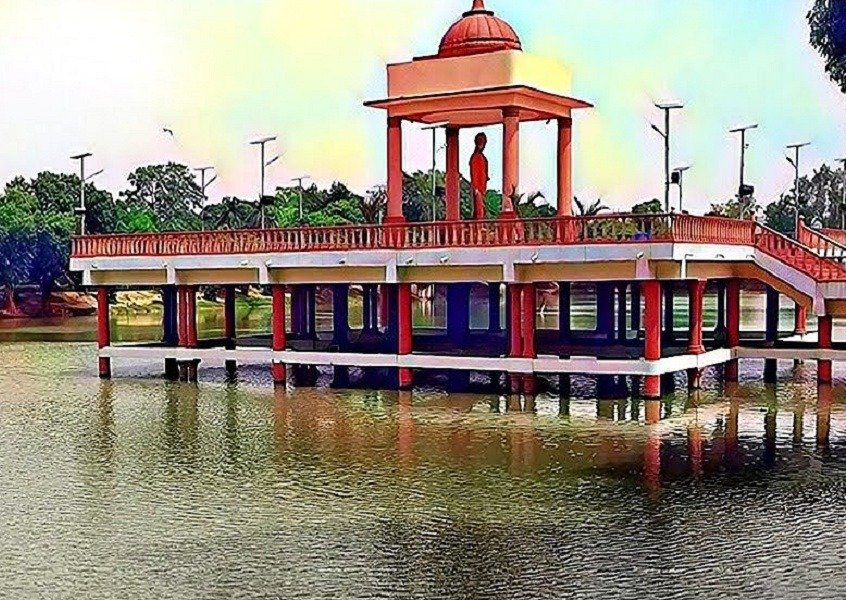
6. Blue World Theme Park:
Blue World Theme Park is a family-friendly amusement park located on Bithur Road in Kanpur, Uttar Pradesh, India. The park is spread over 25 acres and features over 35 rides and 10 gigantic slides including dry rides, aquatic wonderland, 7D theatre, sky dive, and India’s largest private musical fountain and laser show . The park is divided into various themes such as European, Chinese, Roman, Jungle, etc. The park also features a kids zone, a laser show on a water screen, and a dry ride .

Timings: open from 10:00 AM to 10:00 PM
Entry Fee is INR 500 per person
7. Massacre Ghat:
Massacre Ghat is a famous ghat in Kanpur, the industrial hub of Uttar Pradesh state in north India. It is located on the bank of the River Ganga in Kanpur Cantonment near Jajmau . The ghat is located on the southern bank of River Ganga and marks the northern boundary of Kanpur city . It has been an important maritime boarding point for the river route from Kanpur to Allahabad from pre-colonial period . The ghat has become historically important since the Indian Sepoy Mutiny of 1857. On 27 June 1857, Kanpur (then spelled as Cawnpore) saw one of the grimmest stories of Indian history of independence. Around 300 British men, women and children were murdered at the Satti Chaura Ghat, later gaining identification as Massacre Ghat. Those who escaped the brutal fate that day were later killed at the Bibighar Massacre . The ghat was renamed as Massacre Ghat after the rebellion. It is still in use as a bathing and ritual ghat for local population .

8. Iskcon Temple:
. ISKCON Kanpur is a Hare Krishna temple located on Mainavati Marg, Bithoor Road, about 4 km from Kanpur . The temple is dedicated to Lord Krishna and is one of the popular ISKCON temples in India . The temple is spread over 12 acres and features a beautiful garden, a library, and a Gaushala . The temple is home to a loving community of practicing Hare Krishna devotees and dedicated monks .

Timings: open to visitors from 4:30 AM to 9:00 PM every day.
9. Green Park Stadium:
Green Park Stadium is an international standards cricket stadium located in Kanpur, Uttar Pradesh, India. It was established in 1945 and has a seating capacity of approximately 25,000 . The stadium is home to the Uttar Pradesh cricket team and is an International Test match venue . It has hosted international cricket matches in both Test and ODI formats. The stadium hosted the 500th test played by the Indian team . It has also organized four Vivo IPL matches . The stadium is situated near the river Ganga and is nicknamed ‘Billiards Table’ and also ‘Woolmer’s turf’, after the late cricket coach and player Bob Woolmer who was born in McRobert Hospital opposite to the stadium .

10. Nana Rao Park:
Nana Rao Park is a public city park located in Kanpur, Uttar Pradesh, India. It was built after Indian independence in honor of Nana Sahib, who fought bravely in the First War of Indian independence in 1857 . The park is spread over 76.56 hectares (189.2 acres) and is situated in the heart of the city on the Mall Road .. The park is well maintained and is popular with many fitness groups. Presently, the park is one of the favorite Kanpur parks frequented by early morning and evening visitors. For many people in Kanpur, the park serves as an outdoor location for the start of the day. This includes brisk walking, jogging, swimming, badminton and yoga.
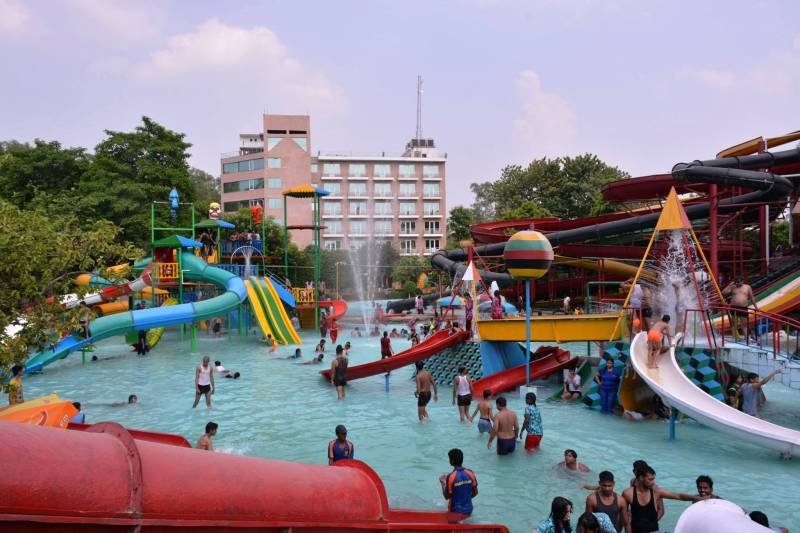
Timings: Open all year round from 5:00 AM to 8:00 PM
11. Mahatma Gandhi Park :
Mahatma Gandhi Park is a lush green garden located in the cantonment area of Kanpur, Uttar Pradesh, India. It is one of the oldest and most well-known parks in Kanpur and is equipped with play areas for children and recreational space for adults . However, cities often have local parks and public spaces named after Mahatma Gandhi as a tribute to the Father of the Nation. Parks with such names are typically designed for recreational purposes and may include green spaces, walking paths, and sometimes statues or memorials dedicated to Mahatma Gandhi. The park is spread over 76.56 hectares (189.2 acres) and is situated in the heart of the city on the Mall Road.

Timings: open all year round from 9:00 AM to 9:00 PM
Entry Fee: is INR 50.
12. Kanpur Museum:
Kanpur Museum also known as Kanpur Sangrahalaya, is the official museum in Kanpur, the financial capital of Uttar Pradesh, India. It was built by the British as King Edward Memorial Hall in honor of Edward VII . tourism offices, or municipal authorities for the latest information on museums in Kanpur. Local residents, tourist information centers, or online resources may provide details about any museums or cultural institutions in the city. The museum is located on the Phool Bagh Grounds and exhibits artifacts and documents from the colonial period to the modern-day Kanpur . The museum’s collection includes an old colonial period artillery gun .

Timings: Open all year round from 10:30 AM to 5:00 PM, except on Mondays and public holidays
13. Jungle Water Park:
is a popular amusement park located in Chiran Gaon on Bithoor Road, Kanpur, Uttar Pradesh, India. The park features several pools and rides for both children and adults, including water slides, wave pools, and a lazy river. The park is spread over 25 acres and is bracketed within a splash of green, making it a great place for picnics or just relaxation .

Timings: open from 10:00 AM to 7:30 PM
Entry Fee: INR 260 from Monday to Saturday and INR 300 on Sundays
14. Kanpur Sports Village:
Sports Village is an amusement park located on Bithoor Road in Kanpur, Uttar Pradesh, India. The park features several pools and rides for both children and adults, including water slides, wave pools, and a lazy river.Kanpur Sports Village” is a recent development, I recommend checking with local sources, news updates, or official municipal websites for the most current information. Local residents, sports authorities, or municipal offices may provide details about the facilities and activities available at Kanpur Sports Village. The park is spread over 25 acres and is bracketed within a splash of green, making it a great place for picnics or just relaxation .
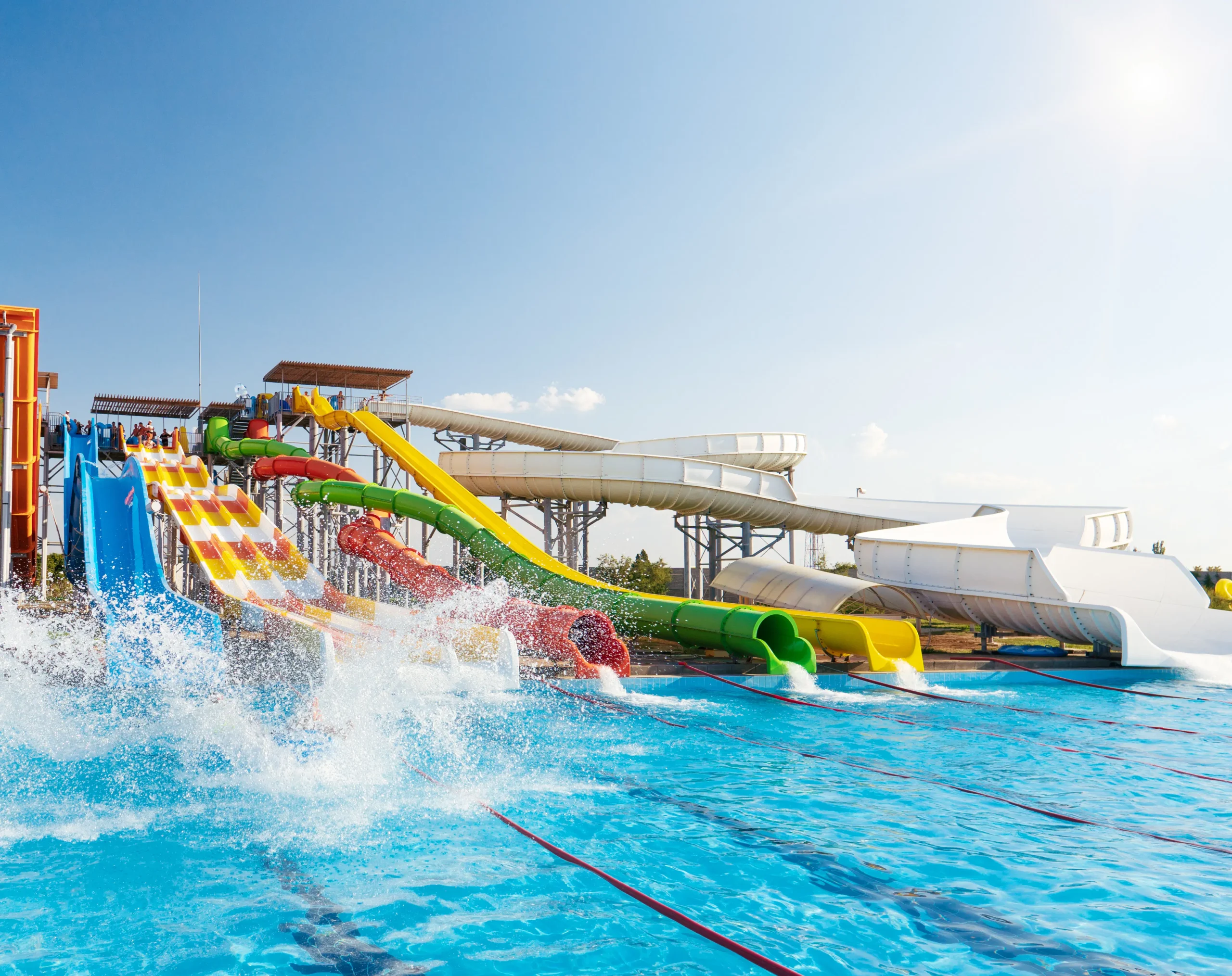
Timings: open from 10:00 AM to 7:30 PM
Entry Fee: INR 260 from Monday to Saturday and INR 300 on Sundays.
15. Kamla Retreat:
Kamla Retreat is a beautiful spot for leisure and relaxation located on Kamala Nehru Road in Kanpur, Uttar Pradesh, India. It is an exclusive state-owned estate built by the renowned Singhania family and is nestled among lush greenery . The estate offers breathtaking views of well-maintained lawns, parks, and canals and is the ideal place for outdoor activities such as games, walks, picnics, family gatherings, swimming, and boating . The estate also features a swimming pool, zoo, and informative museum to enhance the experience of Kamla Retreat.
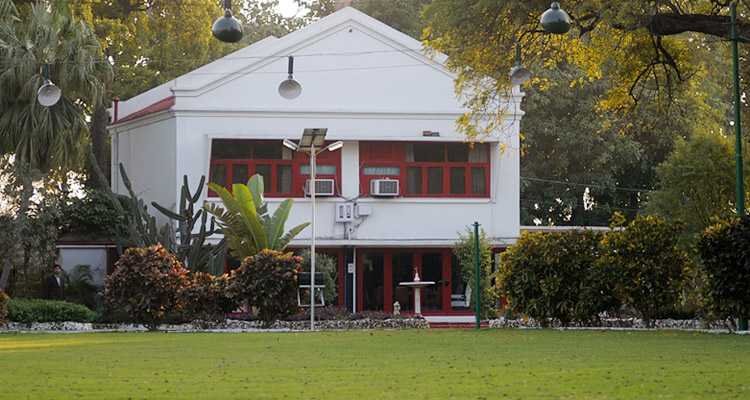
Timings: Open all year round from 7:00 AM to 7:00 PM
Entry Fee: Free.
16. Jajmau:
Jajmau is a suburb of Kanpur, India, located on the banks of the Ganga River. It is an industrial suburb and is home to some of the biggest leather tanneries in Northern India .The archaeological findings in Jajmau indicate that it might have been part of the ancient city of Kanauj, a prominent center during various historical periods. The area has witnessed the rise and fall of different civilizations. The population of Jajmau is about 652,831 according to the 2011 census . The area is believed to be the oldest inhabited place in the region and dates back to c. 1300 – 1200 BCE. The main industry in Jajmau is the leather industry
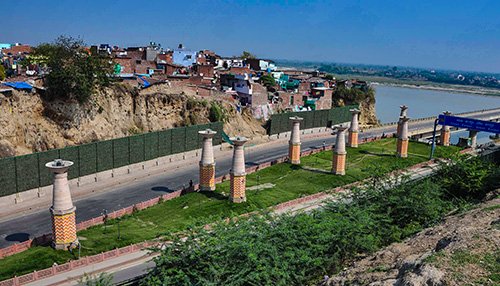
17. Becon Ganj market:
Becon Ganj Market is a prominent market in the locality of Becon Ganj in Kanpur city of Uttar Pradesh. Both a residential and a commercial section, the market is famous for its variety of fabrics and Indian suits that are sold. Named after William Bacon, the British Magistrate of Kanpur in 1828; the market is regarded as one of the oldest parts of Kanpur. Spread over 2 km, the Becon Ganj Market avails plenty of locally produced clothing and apparel stores in addition to fine jewellery and footwear .

18. Sisamau Bazaar:
Sisamau Bazaar is one of the oldest markets in Kanpur, Uttar Pradesh, India. It is a local street market selling products ranging from utensils to clothes. The market is famous for its economical prices and attracts bargaining as a common practice. Household items are a hit at the bazaar, and you will find great products at low prices. In short, this place is a haven for everyday needs. The market is situated in the Nehru Nagar locality of Kanpur.
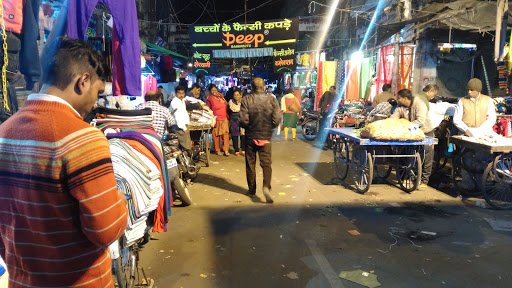
Timings: open from 11:00 AM to 9:30 PM.
19. Valmiki Ashram:
Valmiki Ashram is a hilltop holy site located in Bitoor, Kanpur. It is believed to be the place where the saint Valmiki wrote the Ramayana. Covering an expanse of vast land, the Valmiki Ashram encompasses three temples and a pond. It is also said that this was once the Hindu goddess, Sita’s residence during her exile. A considerable part of the famous Indian epic and Hindu mythology, Ramayana is based on this place. The architecture of the place is pretty simple and is surrounded by greenery all around .
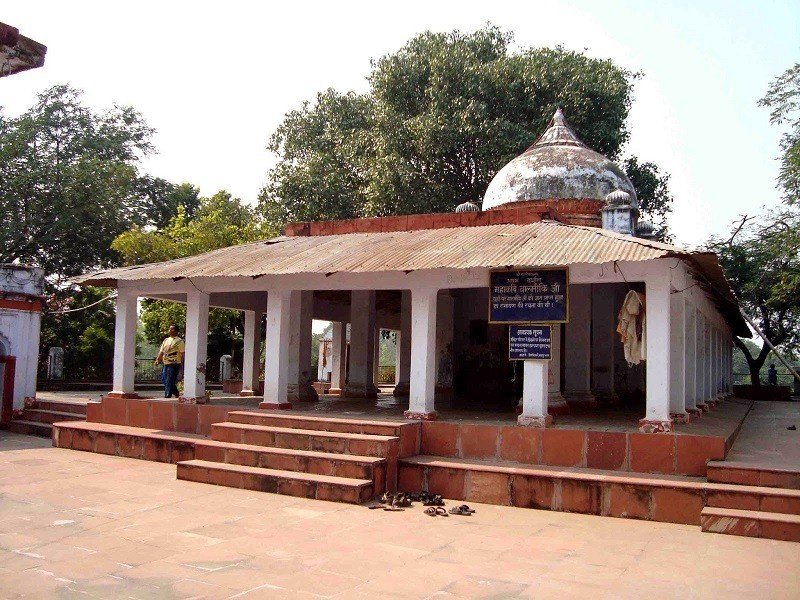
Timings: open from 7:00 AM to 7:00 PM.
Entry Fee: Free.
20. Brahmavart Ghat:
Brahmavart Ghat is a holy river ghat located in the Bithoor suburb of Kanpur, Uttar Pradesh, India. Situated on the banks of the river Ganges, it is one of the popular places of pilgrimage in Kanpur, and among the best places to visit near Kanpur . The ghat is dedicated to the Hindu deity Lord Brahma and is believed to be the place where Lord Brahma lived and started making mankind with clay and all the righteousness in the world . A small temple dedicated to Lord Brahma has also been constructed on the ghat . Apart from being a place of religious prominence, Brahmavart Ghat is also growing as a tourist destination and family picnic spot as it is a peaceful place away from the hustle-bustle of the city . The ghat offers a mesmerizing view of the rising sun along with boating facilities .
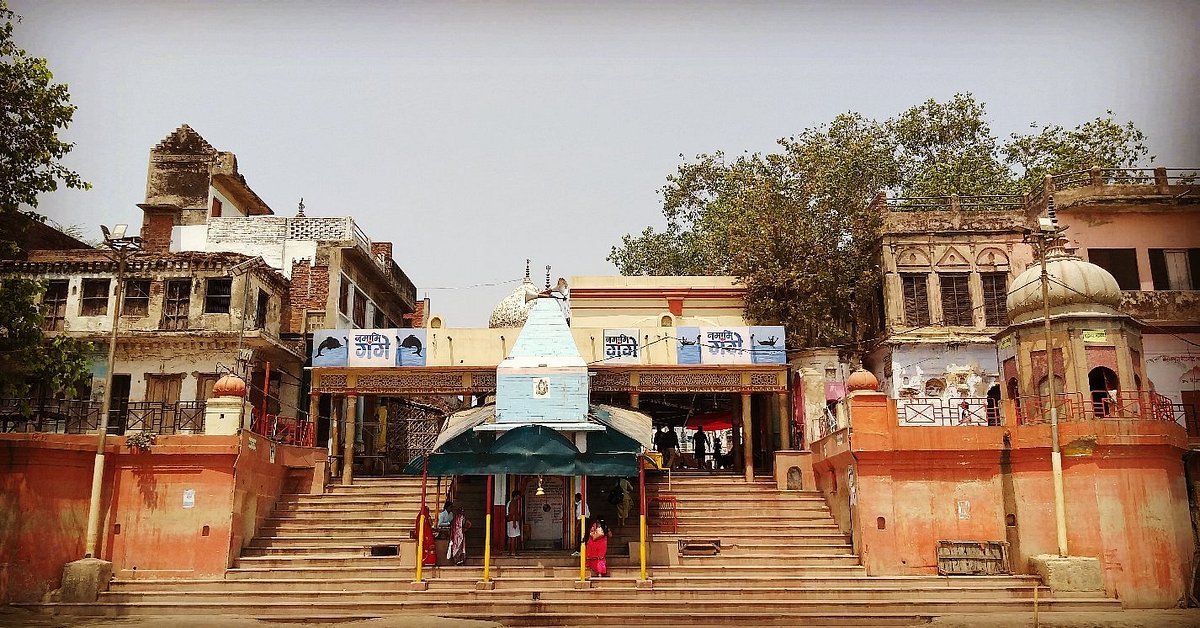
Timings: open from 5 AM to 8 PM .
Entry Fee: Free.
21. Gautam Buddha Park:
Gautam Buddha Park is a recently developed tourist attraction located on the way to the IIT campus in Kanpur, Uttar Pradesh, India . The park is spread over 25 acres and is a great place for picnics, evening walks, jogging, public and political gatherings . The park features a beautiful Buddha statue installed near the entrance and also consists of various statues and vintage monuments . The park also hosts a canal that cites the perfect boating spot . The best time to visit the park is from October to March .

Timings: open from 9:00 AM to 6:00 PM
Entry Fee: is INR 100 .
22. The Kanch ka Mandir (Jain Glass Temple):
The Kanch ka Mandir is a Jain temple located in the Maheshwari Mohal area of Kanpur, Uttar Pradesh . It is also known as the Jain Glass Temple due to its unique architecture made entirely of glass . The temple is dedicated to Lord Mahavira and the remaining 23 Jain Tirthankaras . The temple features various hand-crafted statues, attractive embellishments, and delicate glass murals that highlight important details of Jain history and traditions . The temple also has a beautiful garden attached to it, which accommodates prominent sculptures of Jain deities .
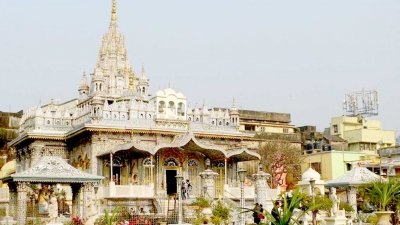
Timings: open from 8:00 AM to 12:00 PM and 4:00 PM to 5:00 PM .
Entry Fee: to visit the temple
23. Ram Janki Mandir:
Ram Janki Mandir is a Hindu temple located in Kanpur, Uttar Pradesh, India. It is dedicated to Lord Hanuman and is one of the most sacred sites among the Hindu faith. The temple derives its name from the mythological figures of Ramayana – Ram and Janaki (Sita). The temple is located on Barra 2 Road, near Hari Krishna Hari Ram Dharamshala in Barra, Kanpur .

Timings: open from 6:00 AM to 8:00 PM every day
24. Ganga Barrage Kanpur:
Ganga Barrage Kanpur, also known as Luv Kush Barrage, is a bridge and a dam across the Ganga in Azad Nagar-Nawabganj in Kanpur. Lord Hanuman and is one of the most sacred sites among the Hindu faith. The temple derives its name from the mythological figures of Ramayana – Ram and Janaki (Sita The construction of the barrage started in 1995 and it was inaugurated in May 2000. The total length of the bridge is 621 meters and it serves as a four-lane highway bypass for NH 91 .

How To Reach Kanpur:
- By Air:
- The nearest airport to Kanpur is Chaudhary Charan Singh International Airport (LKO) in Lucknow, which is approximately 65 kilometers away.
- From the airport, you can hire a taxi or take a bus to reach Kanpur. The journey takes about 1.5 to 2 hours, depending on traffic.
- By Train:
- Kanpur Central Railway Station (CNB) is one of the busiest and well-connected railway stations in India.
- Regular trains connect Kanpur to major cities across the country. The city is a significant railway junction.
- By Road:
- Kanpur has a well-developed road network, and buses operate from various nearby cities. You can find both government and private bus services.
- The city is also connected by national highways, making it accessible by car or taxi
Best Places To Visit In Kanpur For Couples:
Best places for couples in Kanpur include Moti Jheel for boat rides, J.K. Temple for a serene ambiance, Blue World Theme Park for fun, Ganges Barrage for a picturesque stroll, Phool Bagh for historical charm, ISKCON Temple for spiritual tranquility, Green Park Stadium for sports enthusiasts, Cawnpore Club for a sophisticated outing, Z Square Mall for entertainment, and Allen Forest Zoo for a blend of nature and wildlife. These locations offer diverse experiences for couples in Kanpur.
Best Places To Visit In Kanpur With Friends:
Best places in Kanpur for friends include Blue World Theme Park for amusement, Ganga Barrage for outdoor activities, Z Square Mall for entertainment, Moti Jheel for boating, Phool Bagh for a leisurely stroll, Allen Forest Zoo for wildlife exploration, Green Park Stadium for sports excitement, Cawnpore Club for socializing, J.K. Temple for spiritual experiences, and ISKCON Temple for a serene ambiance. These locations offer diverse experiences for a fun-filled day with friends in Kanpur.
Lucknow To Kanpur Distance:
The distance from Lucknow to Kanpur is approximately 80 kilometers (about 50 miles).
Lucknow To Kanpur Train:
Lucknow and Kanpur are well-connected by a variety of trains, including passenger trains, express trains like Lucknow Yesvantpur Express and Lucknow Yesvantpur SF Express, and the Lucknow Intercity Express. The travel time varies depending on the specific train and route chosen.
Kanpur To Delhi Train:
Kanpur and Delhi, including Shram Shakti Express (12451), Lucknow Yesvantpur SF Express (12539), Poorva Express (12303), Udyan Abha Toofan Express (13007), and Shiv Ganga Express (12559). However, train schedules and availability are subject to change, so it’s advisable to check the latest information on the official website of Indian Railways or other authorized platforms before planning your journey.
Note: Fares are for the sleeper class and may vary. Check the exact fare and availability on the IRCTC website or app.

